My Way – Frank Sinatra

My Way is often regarded as one of the true American classics, an uplifting song talking about a man reflecting over his successes and failures in life. However, in the Philippines the song has become something of a taboo. Between 2002 and 2012, at least six people have been killed after singing the song at karaoke, and a number of fights have been said to have started as a result.
Helter Skelter – The Beatles
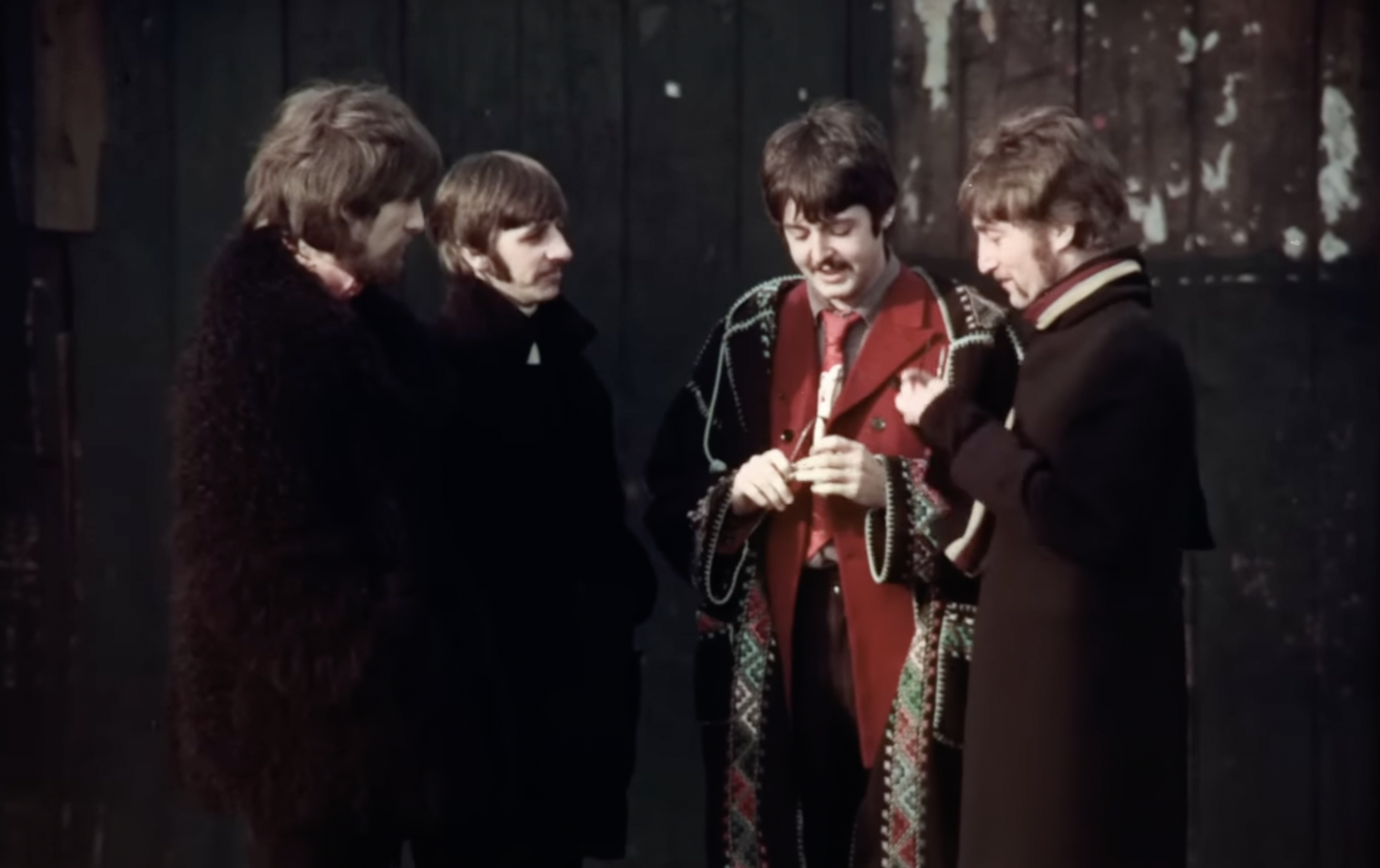
In response to hearing Pete Townshend of The Who say that their band had written the heaviest song of all time, Paul McCartney reacted by writing Helter Skelter, a loud, heavyweight of a song that acts as an outlier in The Beatles’ discography. The song took a darker turn when Charles Manson became convinced that it was telling him to commit the atrocities that he did. The night he and his clan murdered Sharon Tate, ‘Helter Skelter’ was found written on the walls in blood.
Cross Road Blues – Robert Johnson

Cross Road Blues is rumoured to be about legendary blues artist Robert Johnson selling his soul to the devil in return for musical ability. There have been four cases of performers covering the song going on to experience personal tragedies, including Lynyrd Skynyrd’s plane crash, the death of Eric Clapton’s son, and the two motorcycle crashes that killed members of the Allman Brothers band.
Gloomy Sunday – Reszo Seress
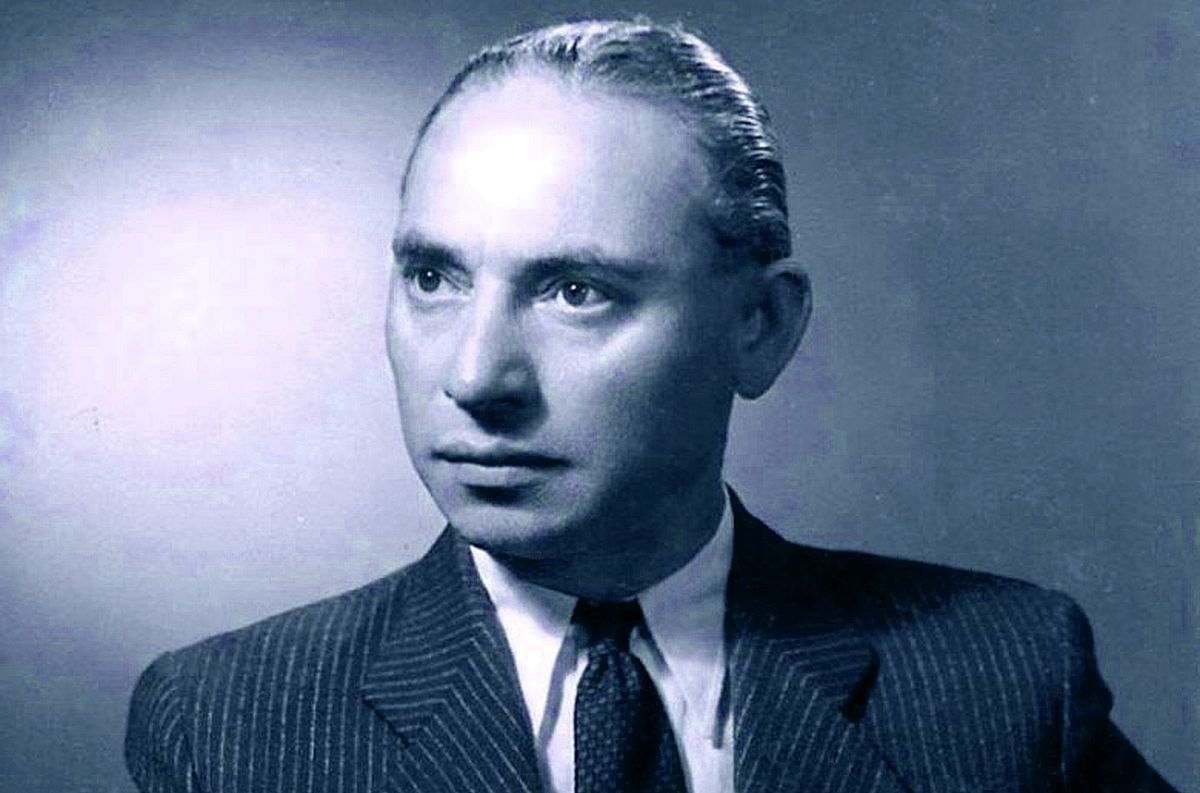
Gloomy Sunday is known by many as the Hungarian Suicide Song, as it is said to have inspired multiple suicides since its release in the 1930s. Seress was severely depressed when writing the song, accidentally stumbling across it during a drunken night at the piano. Several dead bodies have been found clutching the song’s sheet music, with one person being found with the song playing on loop on a tape machine.
The Ninth Symphony

Throughout history, many a composer has died shortly after creating their Ninth Symphony. The first victim was Beethoven, who died in 1827 while creating his Tenth. Other victims were Gustav Mahler, who died at the age of 50 after completing his ninth, and Franz Schubert, who died at the age of 31 after hitting nine symphonies. Other victims include Vaughan Williams, Anton Bruckner, and Antonin Dvorak.
Without You – Badfinger
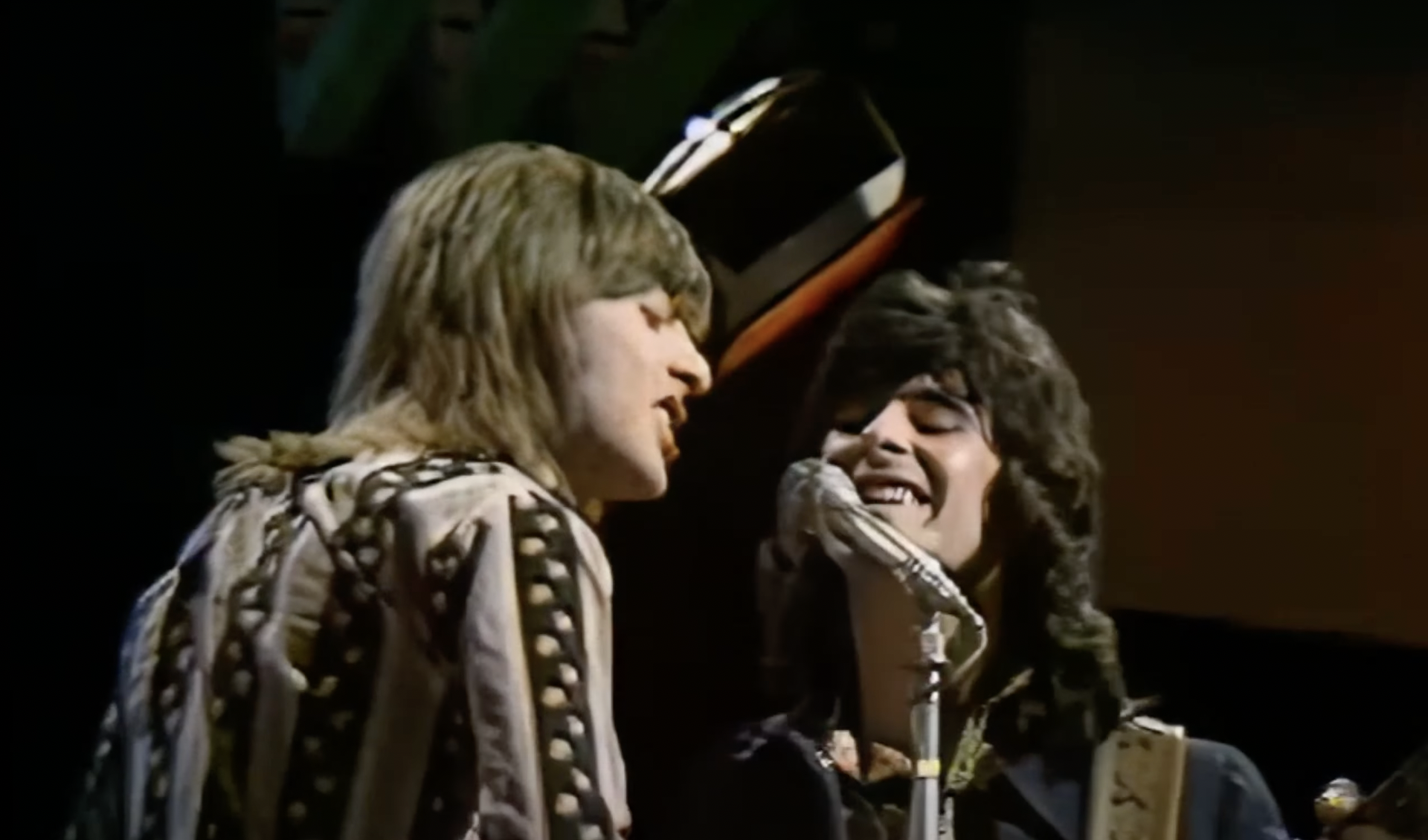
Without You was a huge success for both Badfinger and Harry Nilsson, topping charts in both the UK and the US. However, this success began to unravel, with Badfinger’s record label collapsing after the breakup of its owners, The Beatles. Badfinger’s manager Stan Polley was found out for his fraudulent mismanagement and songwriters Pete Ham and Tom Evans received very few royalties. Both Ham and Evans committed suicide, with Ham personally blaming Polley in his suicide note.
Music Must Change – The Who

Keith Moon just couldn’t get the drums right on Music Must Change. Maybe the song was too simplistic for his style, or maybe there was something sinister going on. Moon died just a month after the song was released, and the band decided to lay the song to rest. However, they did bring it back in rehearsals for a string of early 2000s shows – but days before they were about to hit the road, bassist John Entwistle died.
Dead Man’s Curve – Jan & Dean
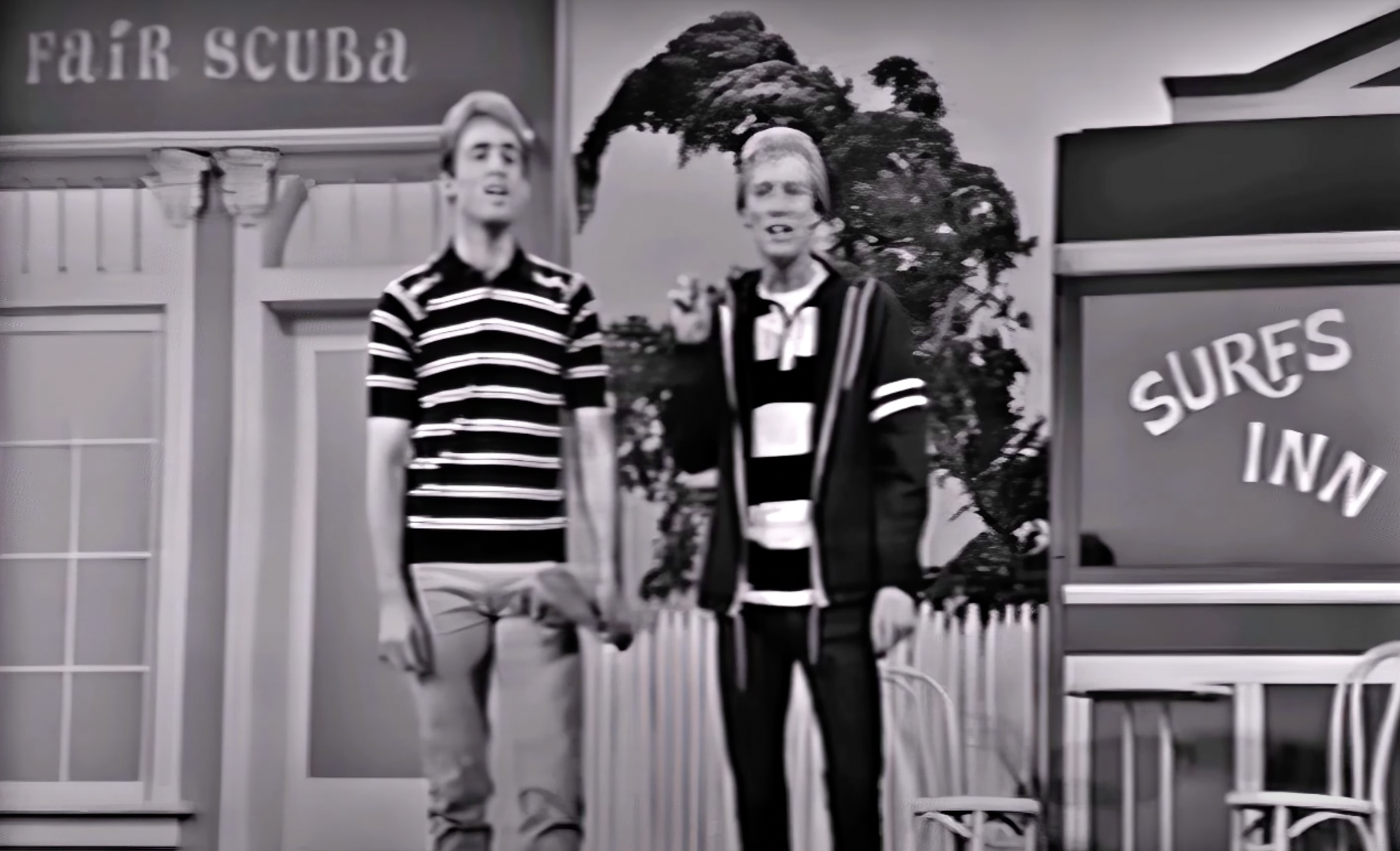
California surf-rock duo Jan & Dean enjoyed some chart success in the 1960s. Their song Dead Man’s Curve describes a fatal car accident brought on by the driver of a Chevrolet Corvette Stingray speeding too fast around a winding LA road. Two years later, the group’s songwriter Jan Berry was involved in an accident like the one in the song, leaving him with severe brain injuries and derailing his career at its peak.
Lavender Town – Junichi Masuda
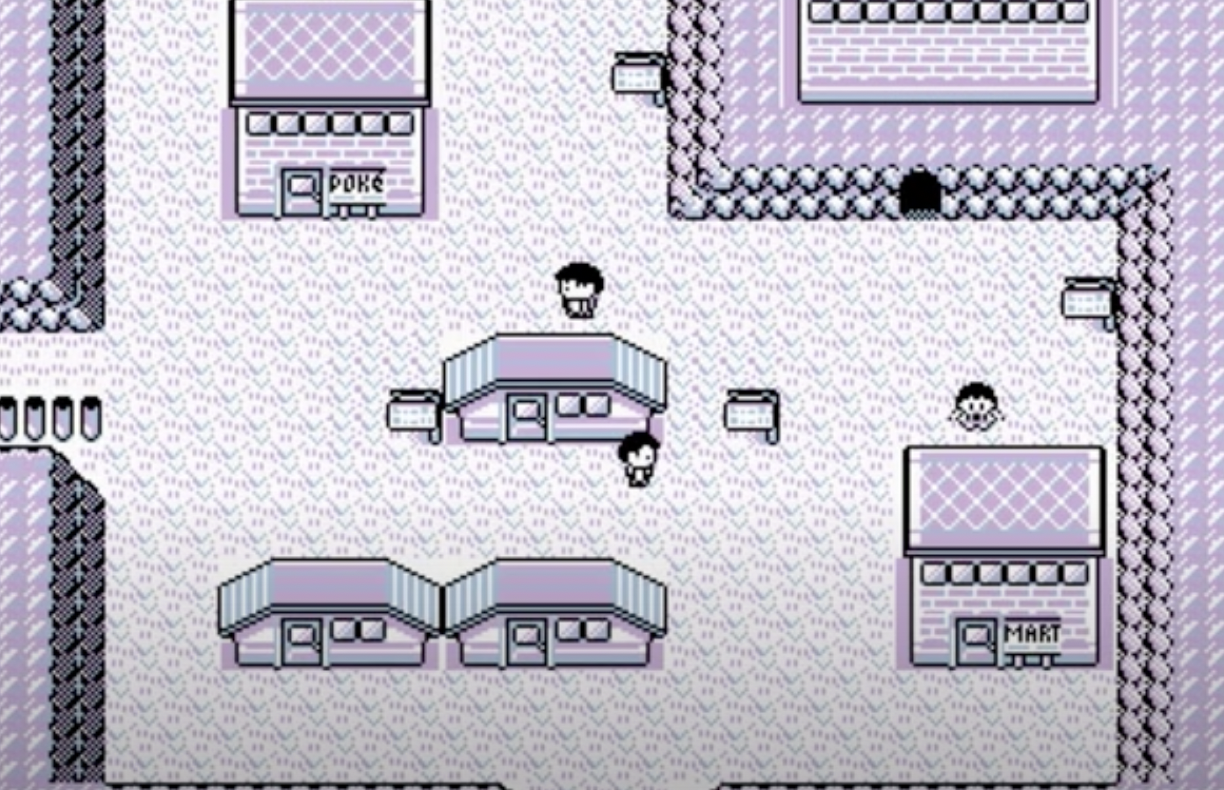
To those unaware of the significance of Lavender Town in the Pokémon video games, it is essentially the place where deceased Pokémon are buried. The soundtrack to the town, composed by Junichi Masuda, was the subject of many a Creepypasta (fictional horror stories, dressed up as truths), and supposedly the driving force behind child suicides.
Piano Sonata No. 6 – Alexander Scriabin

Often, the best music originates from the darkest places. This was the case with Alexander Scriabin’s 1911 piece, Piano Sonata No. 6. Scriabin let himself loose at the piano, creating a “Satanic” piece that almost scared him to death, and he refused to ever play it in public. When he played it behind closed doors, he would often be shaking with fear by the end of the performance.
Stairway to Heaven – Led Zeppelin
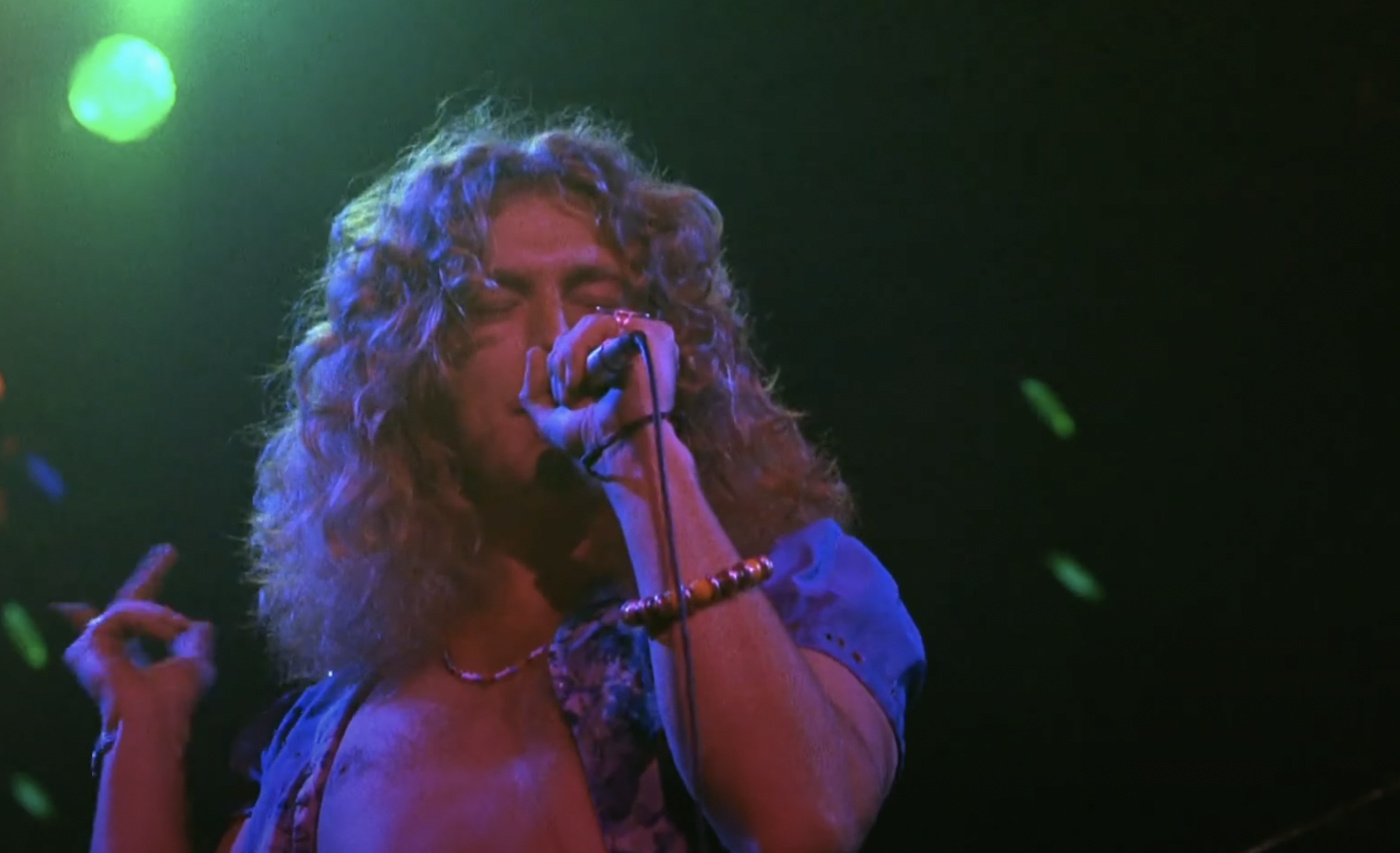
Despite the song’s title, many believe the song to be proof that Jimmy Page worships Satan. Some have even deciphered the words ‘Here’s to my sweet Satan’, when the song is played backwards. This has led a small group blaming the song for the death of Robert Plant’s son, the death of drummer John Bonham, and Page’s misuse of substances.
Devil’s Trill Sonata – Giuseppe Tartini

Composer Giuseppe Tartini claimed that his Devil’s Trill Sonata was conceived as a result of a dream he had in the year 1713, in which Satan was stood in front of him playing the violin. Made up of four parts, the song is incredibly technical and hard to play, even though Tartini said that he failed to fully replicate the style and artistry that the devil managed in the dream.
The Number of The Beast – Iron Maiden

When The Number of The Beast came out in 1982, it provoked a strong reaction from religious groups who took exception to the imagery on the cover art and the lyrical content in the song. This prompted a handful of public burnings of Iron Maiden’s discography, in an effort to prevent young minds from being influenced by supposedly demonic forces.
Ghost Variations – Robert Schumann
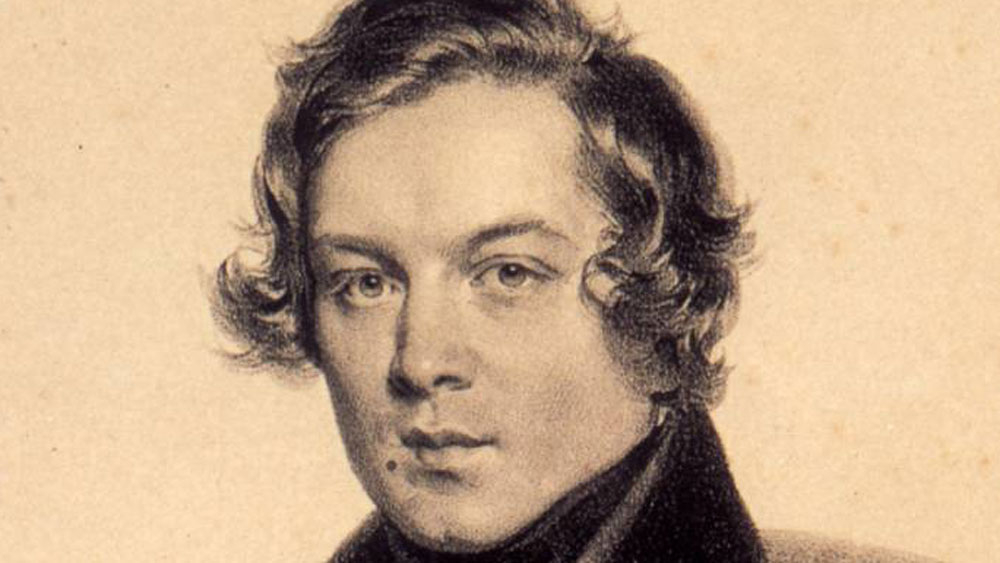
Ghost Variations or, Geistervariationen, was pianist and composer Robert Schumann’s last ever piece before his death. Schumann often claimed that he was surrounded by spirits when he was composing his pieces, with some being angelic and some threatening to send him to hell. While Schumann was writing Ghost Variations, he tried to commit suicide and had ordered his wife leave him as he was afraid of doing her harm. Schumann was admitted to an institution shortly after Ghost Variations was finished.
Strange Fruit – Billie Holiday
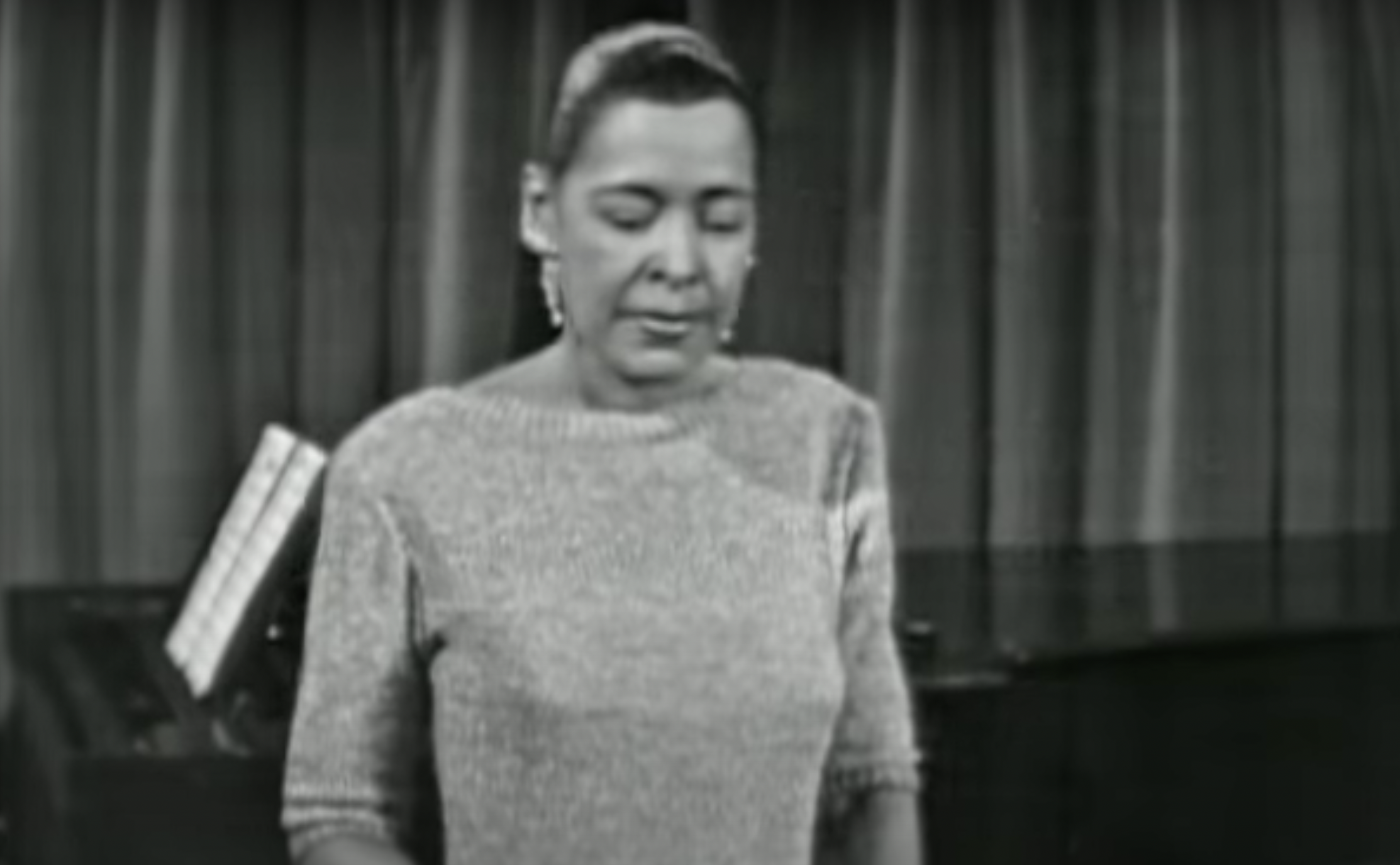
Strange Fruit is deeply haunting, as it offers a snapshot into what life was like for Black Americans throughout the first half of the 20th Century. The song makes references to lynching, which was once a common sight to see, especially in the Deep South of the United States. It’s such thoughts of an uncomfortable past that stir up feelings that the song may be cursed.
Black Sabbath – Black Sabbath
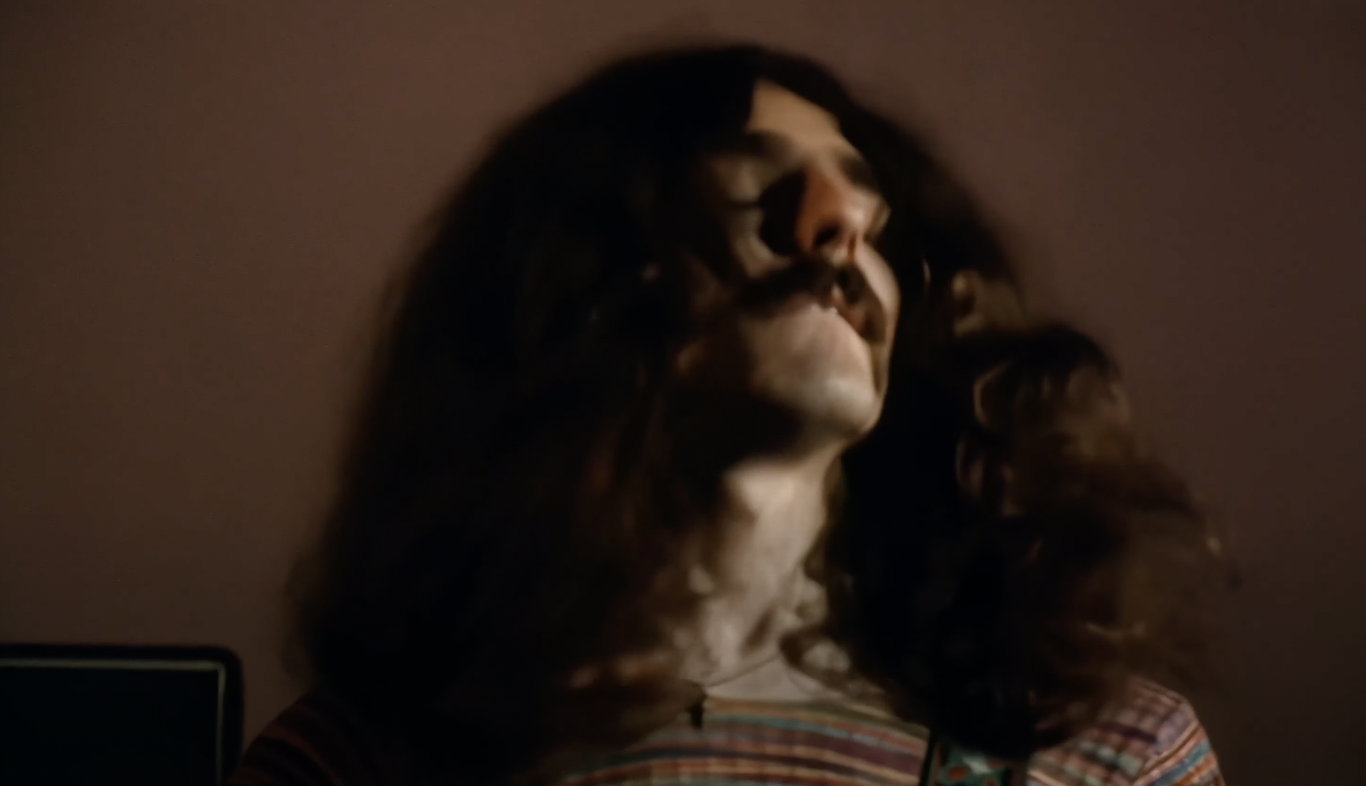
Bass player Geezer Butler’s experience with the occult that inspired Black Sabbath’s self-titled track. It’s the band’s most uncomfortable sounding song, with the lyrics referencing a satanic figure and the danger that he poses. Butler’s screaming towards the end of the seven-minute song is chilling, especially when coupled with the chime of a church bell. Cursed would be an understatement.
Wax Simulacra – The Mars Volta

Guitarist and songwriter of The Mars Volta, Omar Rodríguez-López originally bought an Ouija board at an antiques shop for his bandmate Cedric Bixler-Zavala. It was all a bit of fun until the Ouija board started spelling things out to them during the recording of their 2008 album The Bedlam in Goliath. This including certain characters, which they ended up using on their song Wax Simulacra.
A Day in The Life – The Beatles
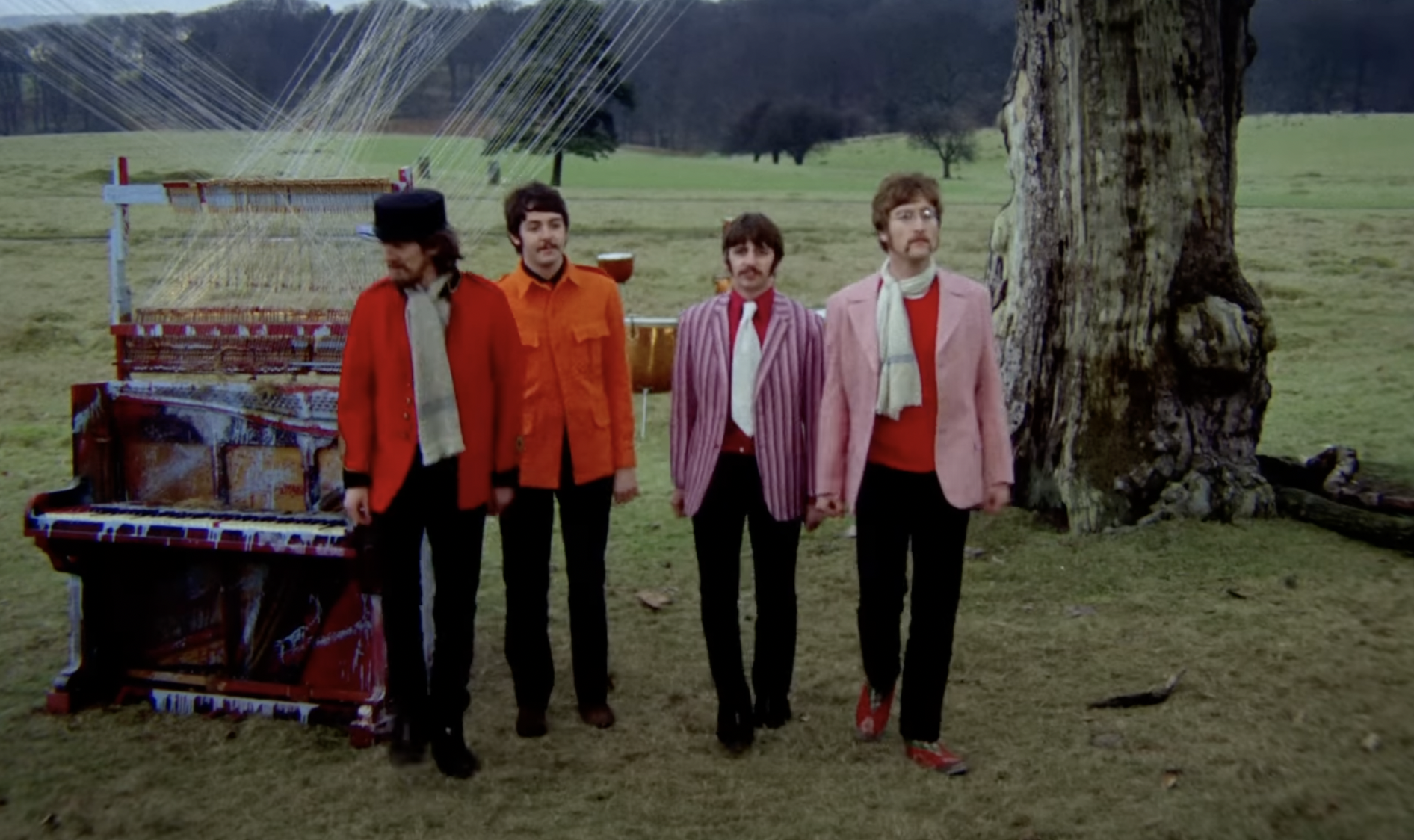
The short, nonsensical-sounding part at the very end of A Day in The Life seems innocent enough, but some believe that when reversed, it says, ‘Paul is dead’. This is of course a reference to the bizarre theory that Paul McCartney had died in a car accident and been replaced by a lookalike AND soundalike that the band’s management had plucked off the streets of Liverpool.
Iowa – Slipknot
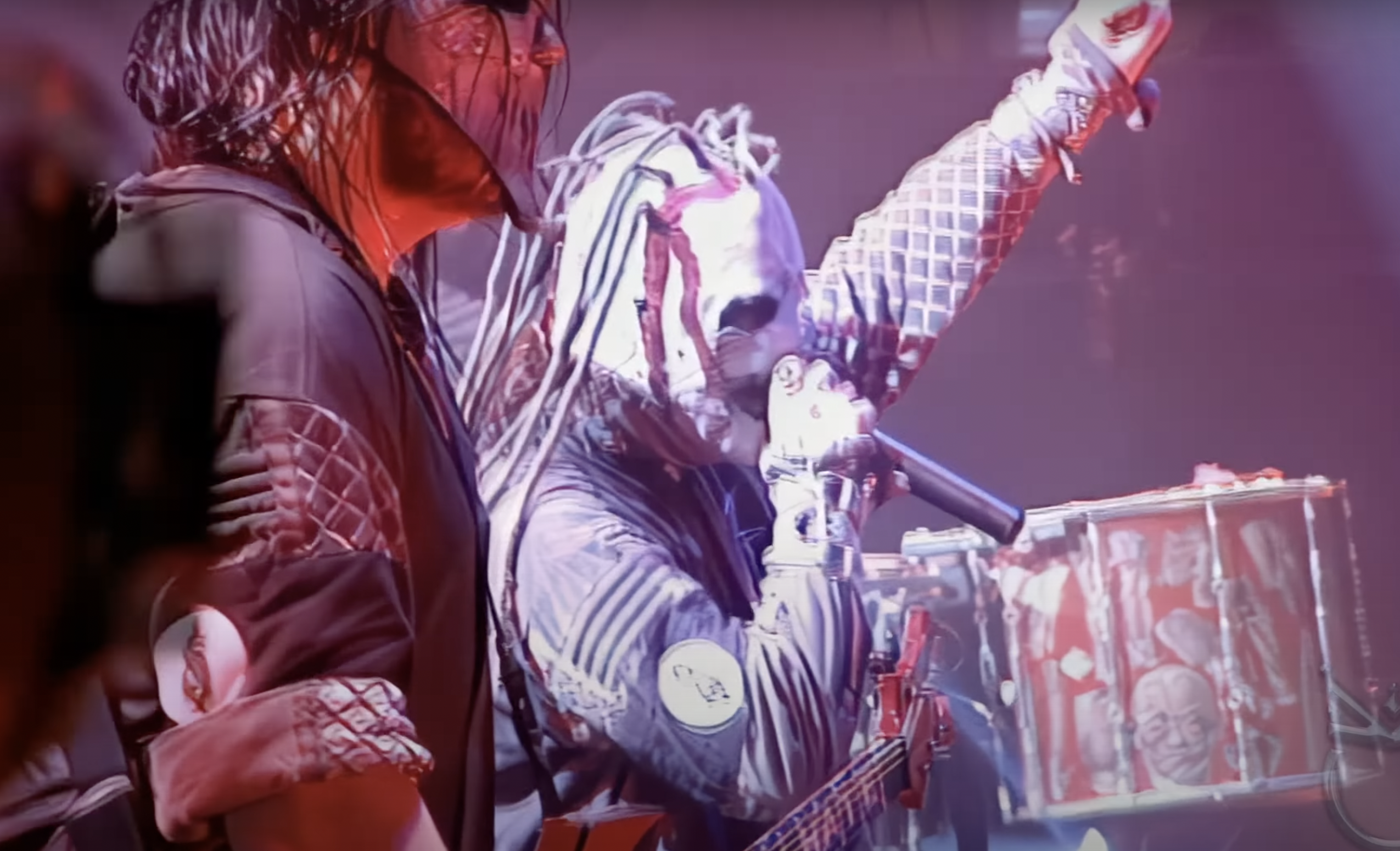
Slipknot are never going to avoid being mentioned in conversations about cursed songs; it seems like something the band thrives off. Iowa, off the album of the same name, is a quarter of an hour-long jam session, filled with horrific sounding guitars and vocals. It gets even more horrific when you find out that the singer supposedly recorded the vocals while naked and cutting himself with broken glass. Truly cursed behavior.
The Becoming – Nine Inch Nails
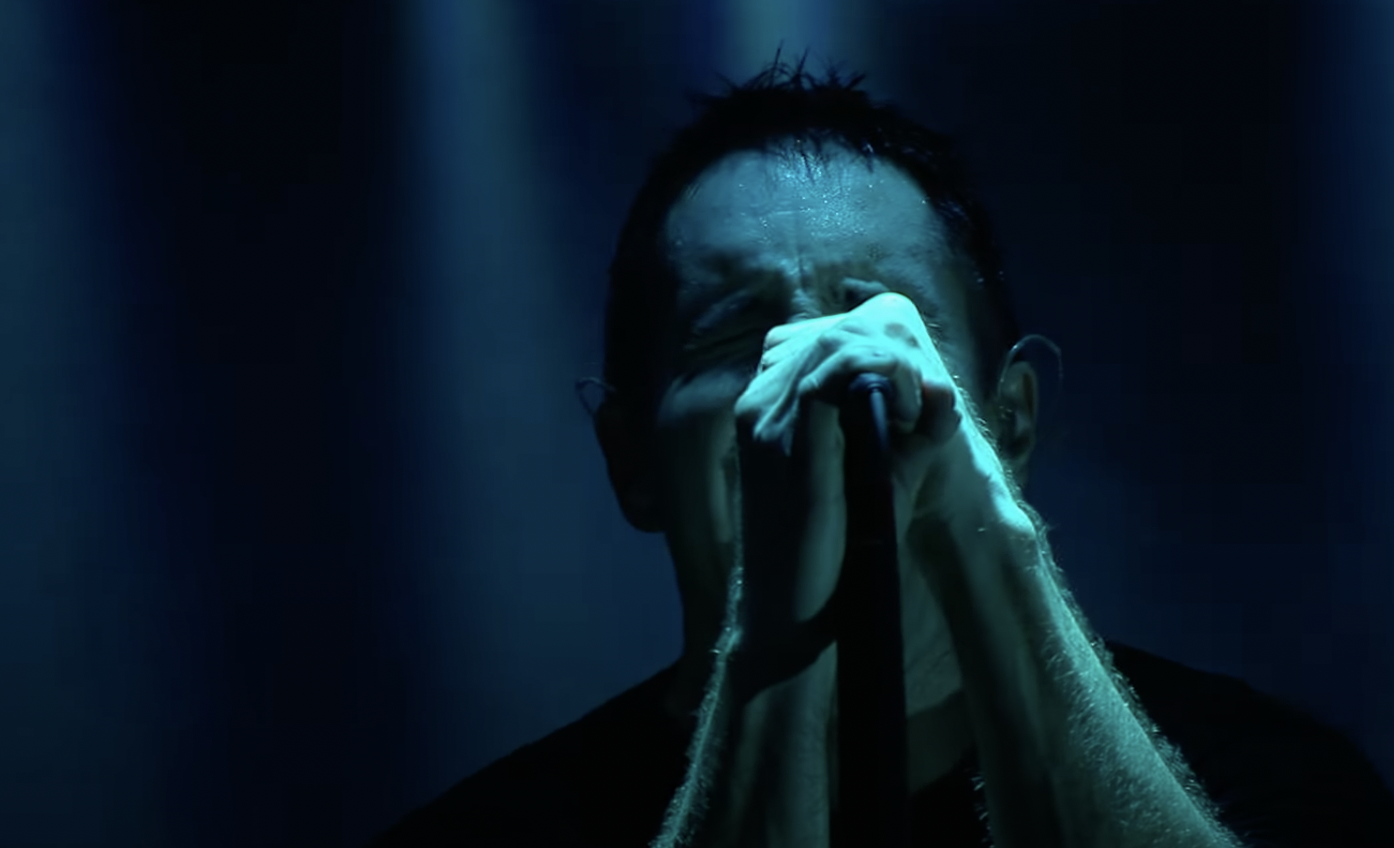
Nine Inch Nails’ The Becoming is about a man cascading deeper and deeper into depression and insanity, to the point where it has become unbearable. The vocals portray this cliff-edge mentality to a tee, making for a haunting listening experience. The realism in the performance has led many to believe that the song is cursed, so try not to spend too much time with it.
Angel of Death – Slayer
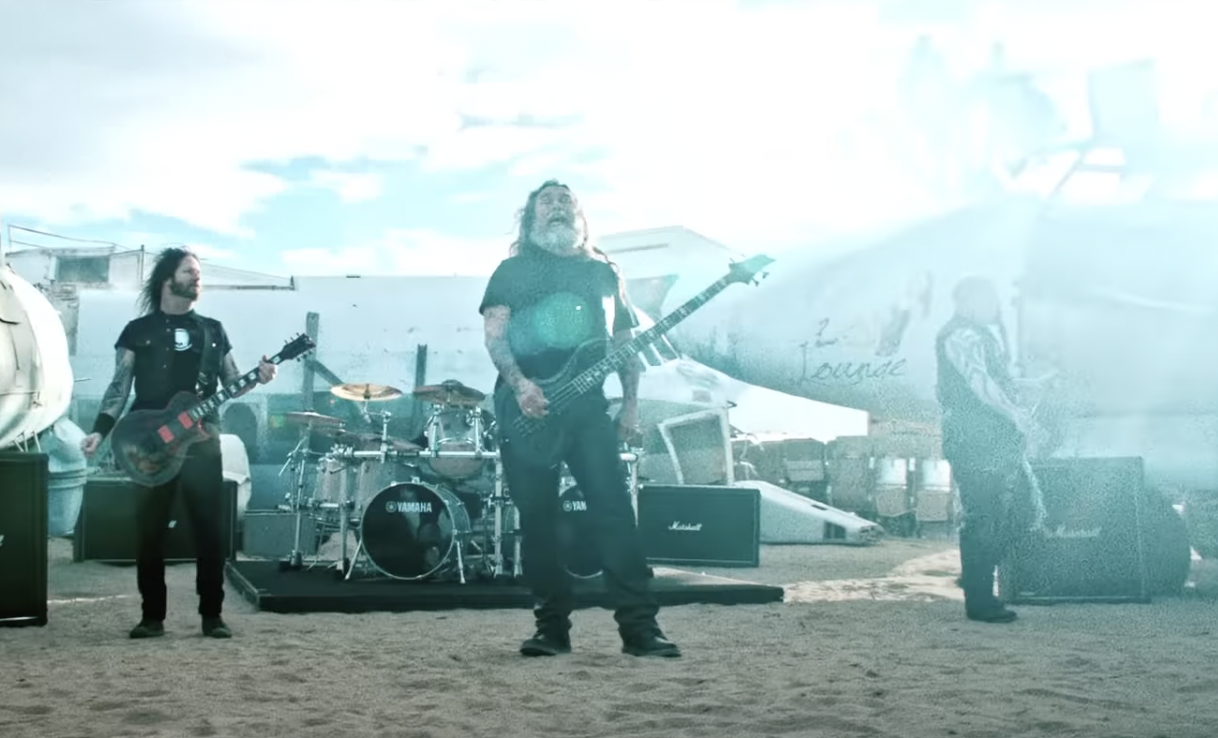
There will always be gothic, creepy, cursed rhetoric following Slayer around as it perfectly matches the aesthetic of the band. Angel of Death is their most haunted song, as it is about Josef Mengele, the ‘doctor’ that performed unthinkable procedures on prisoners at Nazi internment camps during the World War II. It feels as though Mengele’s presence lurks creepily within the song.
Threnody For The Victims of Hiroshima – Krzysztof Penderecki
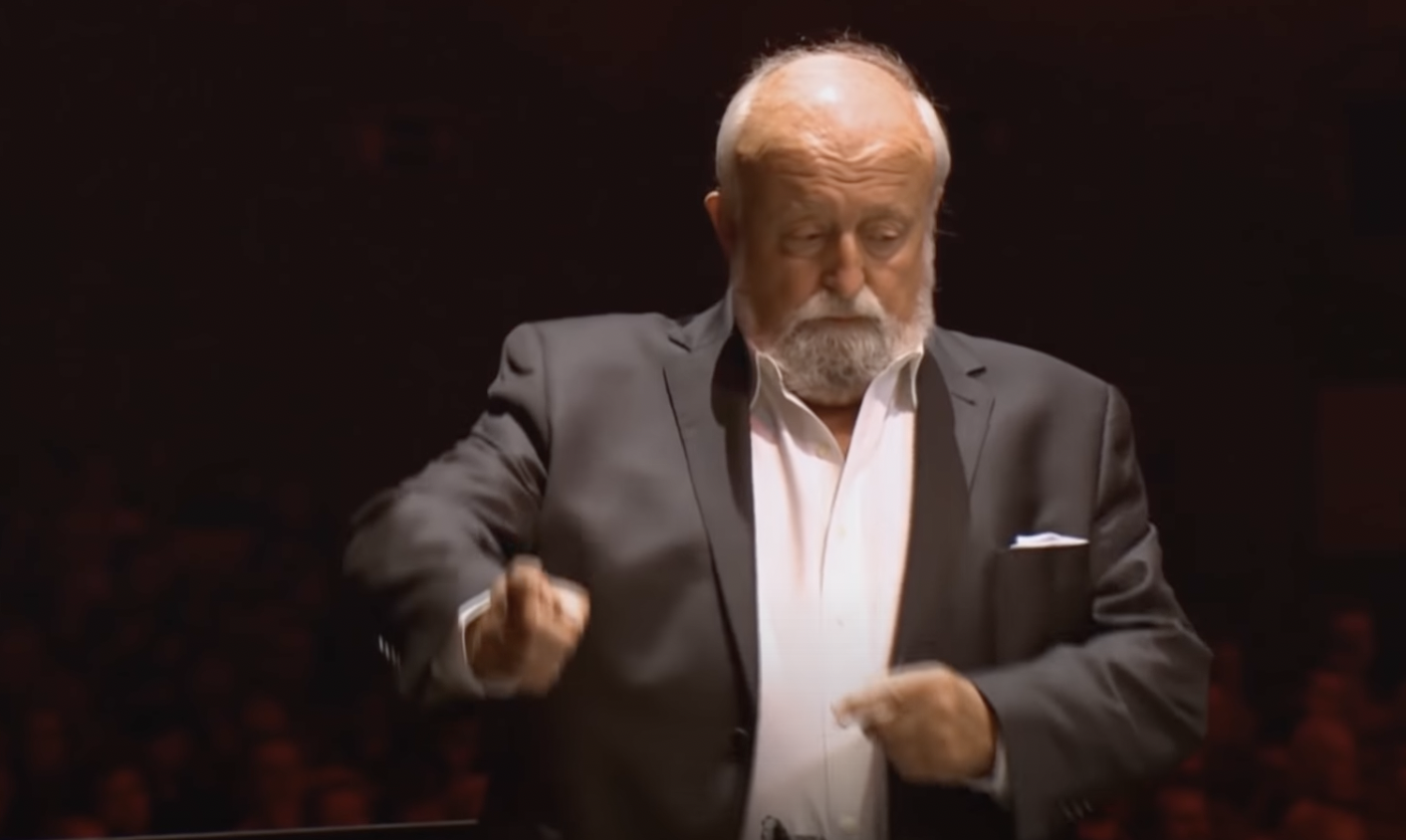
Krzysztof Penderecki’s nine-minute long composition instructs players to approach their instruments in ways they may never have done before, slapping strings and performing intense vibratos. This is to try and evoke some of the horror that the victims of the US attacks on Japanese civilians in Hiroshima in 1945 would have felt. The song is creepy, cursed, and insanely hard to listen to.
John Wayne Gacy, Jr. – Sufjan Stevens

Sufjan Stevens’ Illinois record is packed full of euphoric moments, but he album takes a more sinister turn for John Wayne Gacy, Jr., a song about the serial killer of the same name. Stevens tries unsuccessfully to see the world from Gacy’s perspective and Gacy’s presence looms large over the song. It feels like it has to be addressed on an album about the highs and lows of Illinois.
Song of Joy – Nick Cave & The Bad Seeds
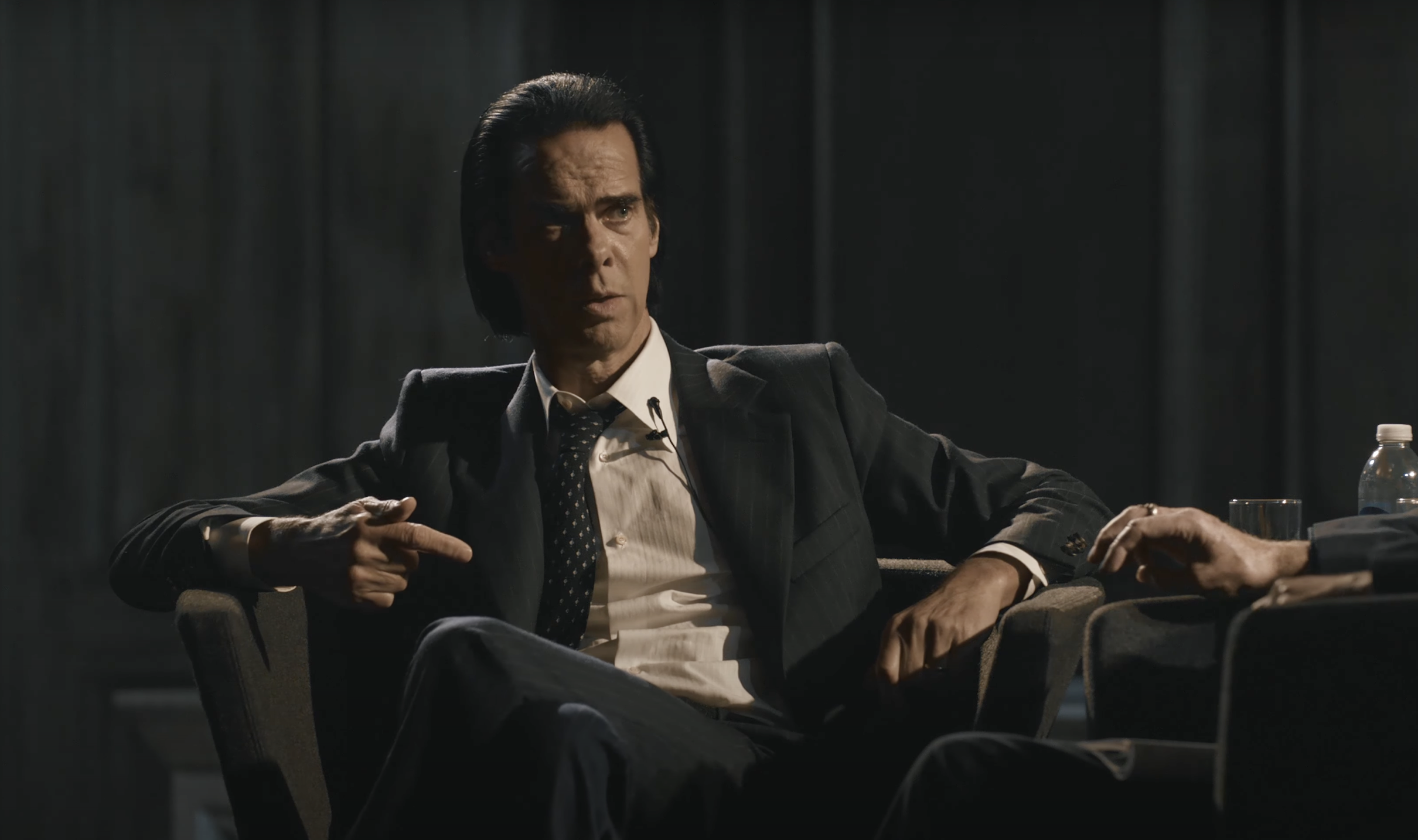
Nick Cave is a master of creepy, yet thought-provoking songs. In 1996 he released Murder Ballads, creating numerous fictional killers and victims in the creative process. One of the victims is Joy, main subject of Song of Joy and partner of the song’s narrator. This killer also took the lives of the narrator’s three daughters, and as the song reaches its pained climax, the listener’s trust for the narrator will be at an all time low.
Farmer in the City – Scott Walker
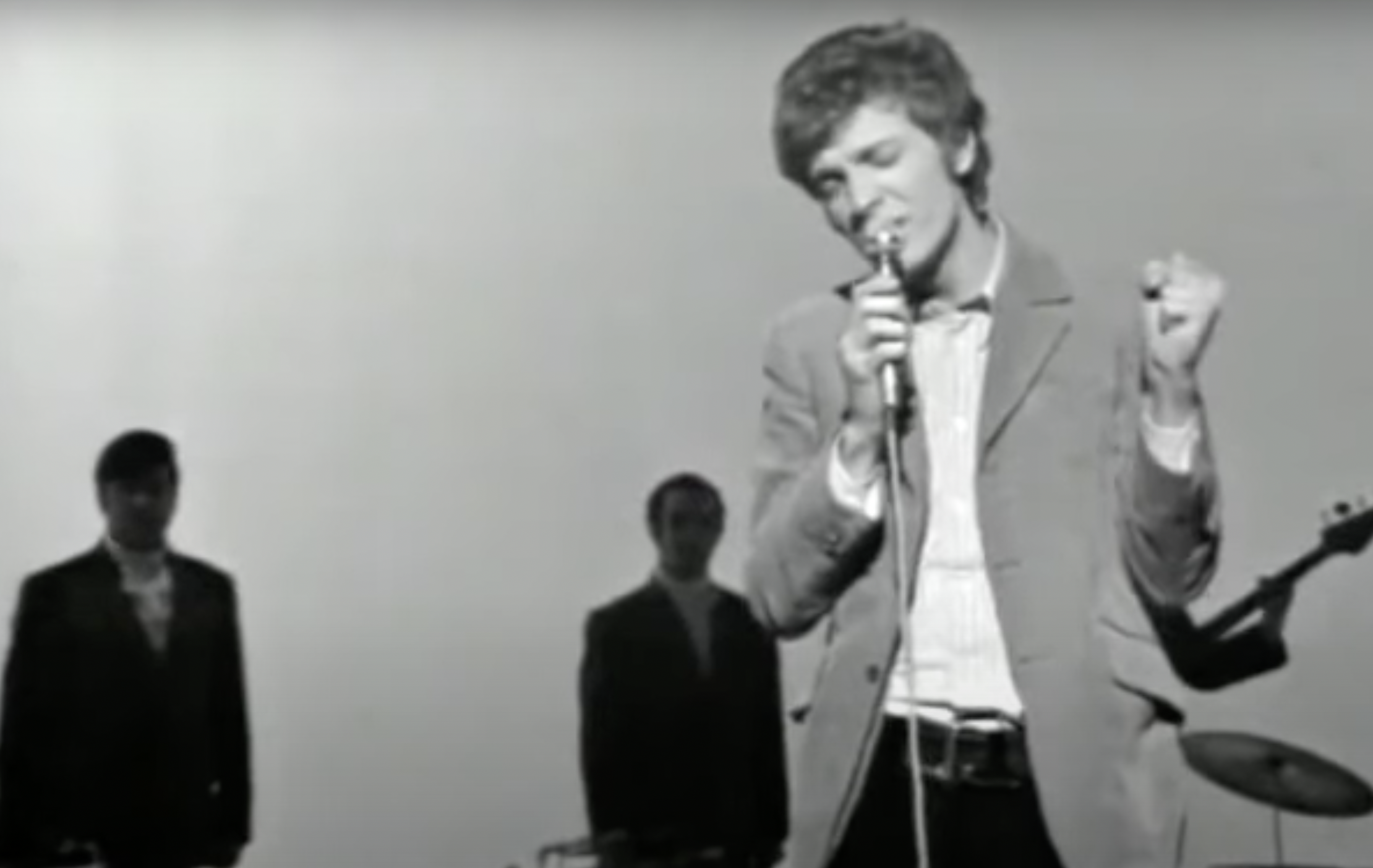
Scott Walker’s discography is full of haunting tracks that make you take a step back and re-evaluate your life. Perhaps the most haunting is Farmer in the City, a song about the last thoughts and words of the murdered movie director, Pier Paolo Pasolini. His presence looms large over the song, especially with Walker’s pained, regret-tinged vocals narrating the situation.
I Feel Fantastic – Tara the Android
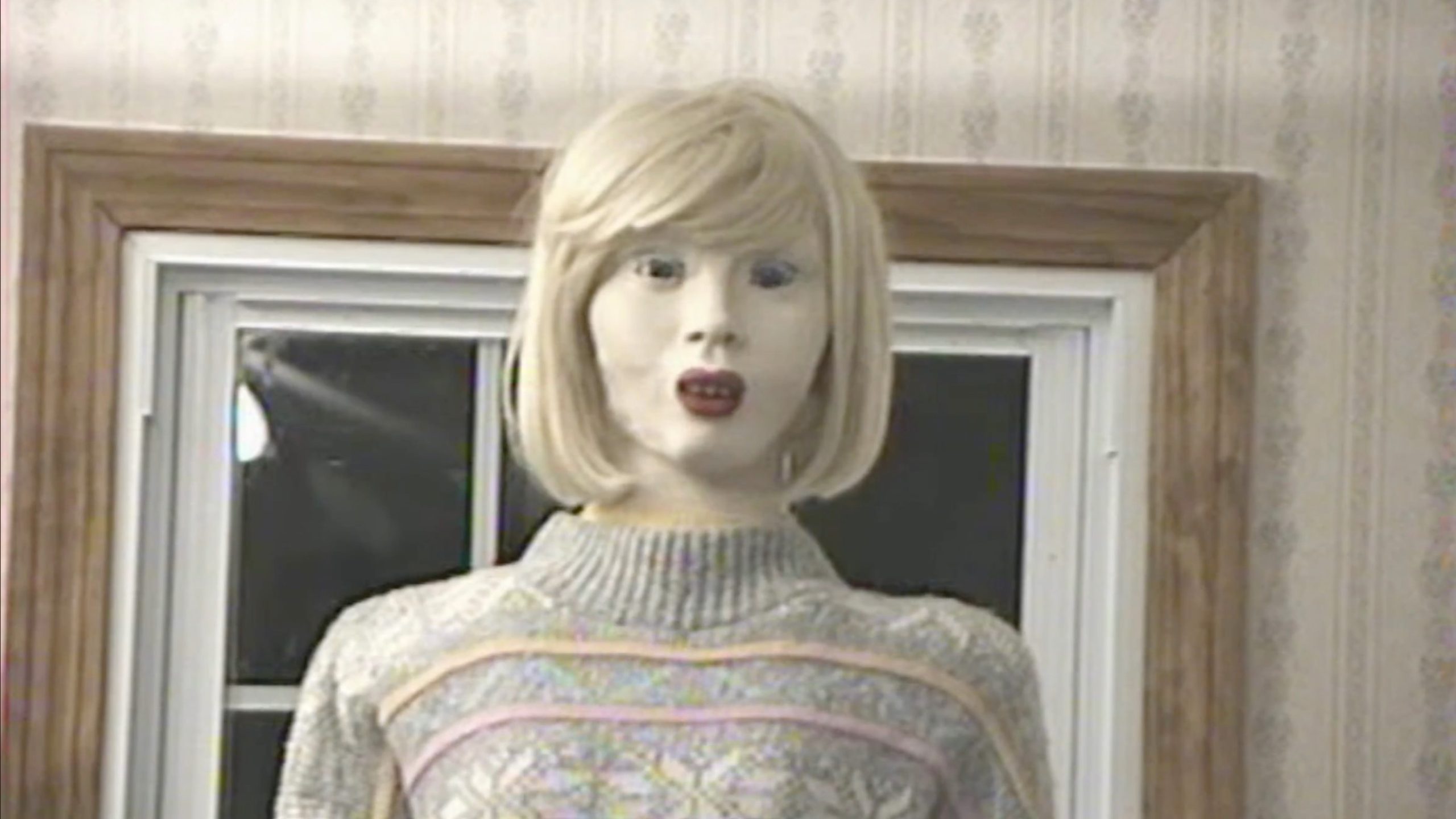
If you’re tempted to go over to YouTube and watch Tara the Android sing I Feel Fantastic over a backing track of creepy horror-synths, just don’t. Rumours that this creepy video is cursed have long been whispered among Internet sleuths, and Tara the a mannequin looks fully capable of coming to life during the night and standing at the foot of your bed looking over you as you sleep.
Hamburger Lady – Throbbing Gristle

Now, the title Hamburger Lady may sound lighthearted for a song about a victim of a horrific car accident, but listen to the song and the context will become clear. It’s based on a letter written by a hospital worker, who describes in detail the pain and suffering that their patient is going through. The backing track is sparse and theatrical, but equally haunting, and will likely leave you in a state of shock after your first listen.
Avalanche – Leonard Cohen
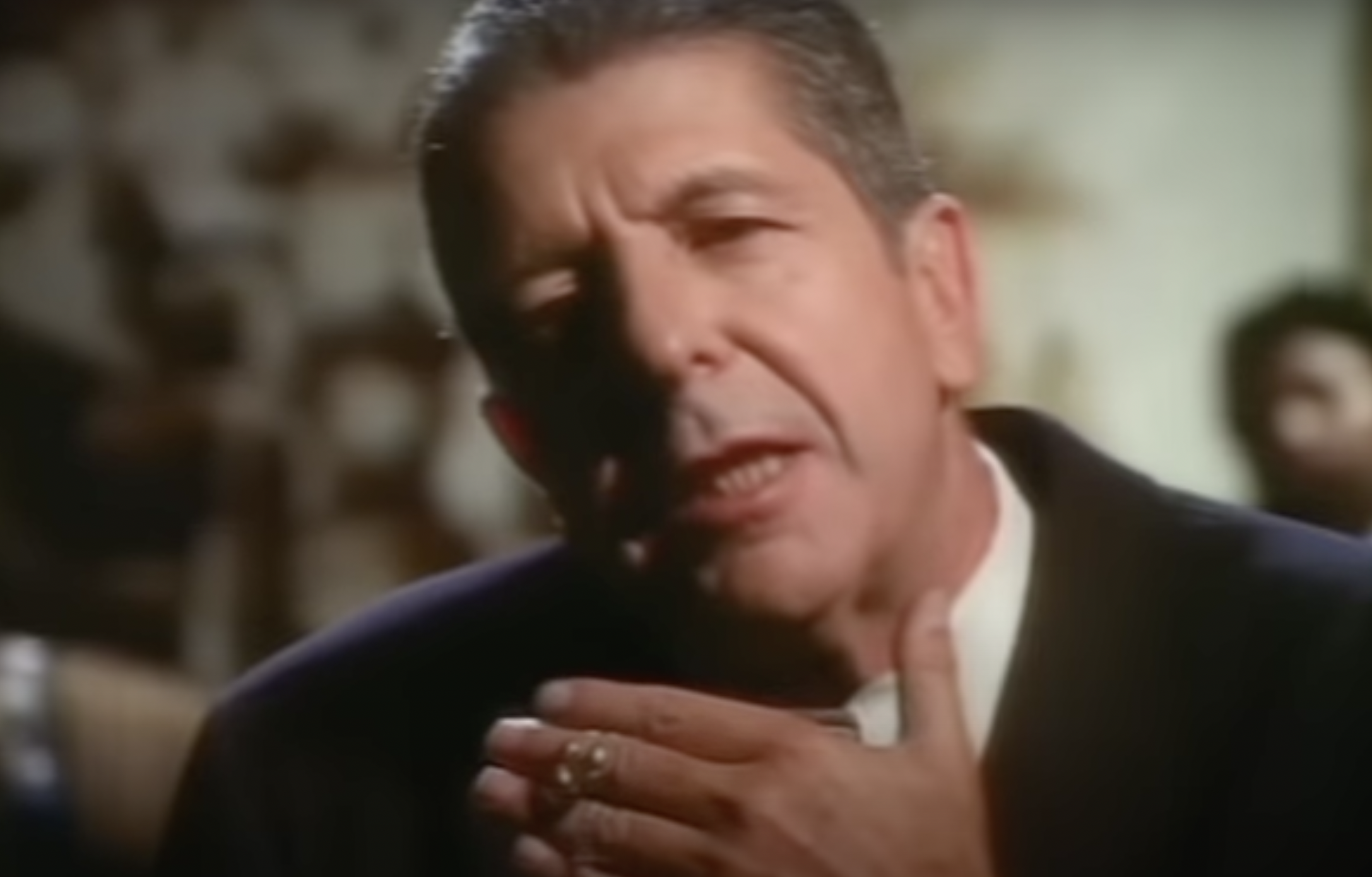
Leonard Cohen’s Avalanche descends into pure horrific chaos by the time of its climax, focusing on a tortured character at the bottom of a gold mine. The character in question is bitter and down on their luck, looking for some sort of revenge against the system. With a suspense-filled backing track, the song is eternally cursed by one of Leonard Cohen’s most intriguing characters.
Nebraska – Bruce Springsteen

Bruce Springsteen is no stranger to singing about girls, cars, and the freedom of the American roads. Nebraska threw a spanner in the works, as at the time of its release, he had never before added a murderer into that formula. The murderer in question is Charles Starkweather, who killed 11 people in 1959. Creepy, haunting and definitely cursed.
The Murder of the Lawson Family – The Carolina Buddies
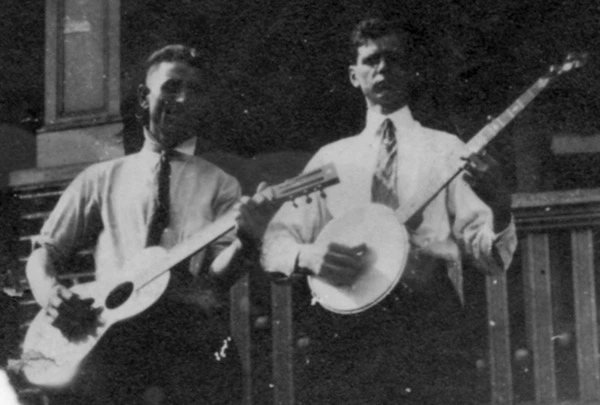
Set in Depression-era America, The Murder of the Lawson Family is a bleak folk interpretation of a news story in which a crazed farm worker kills his wife and six of his children. The song deals with the inevitable reality that moments of madness exist all around us, even if all seems calm. The grainy 1930 recording left behind by The Carolina Buddies sounds all the more haunting in the modern day, and the truth in the subject matter makes the song feel cursed.
Dark Entries – Bauhaus
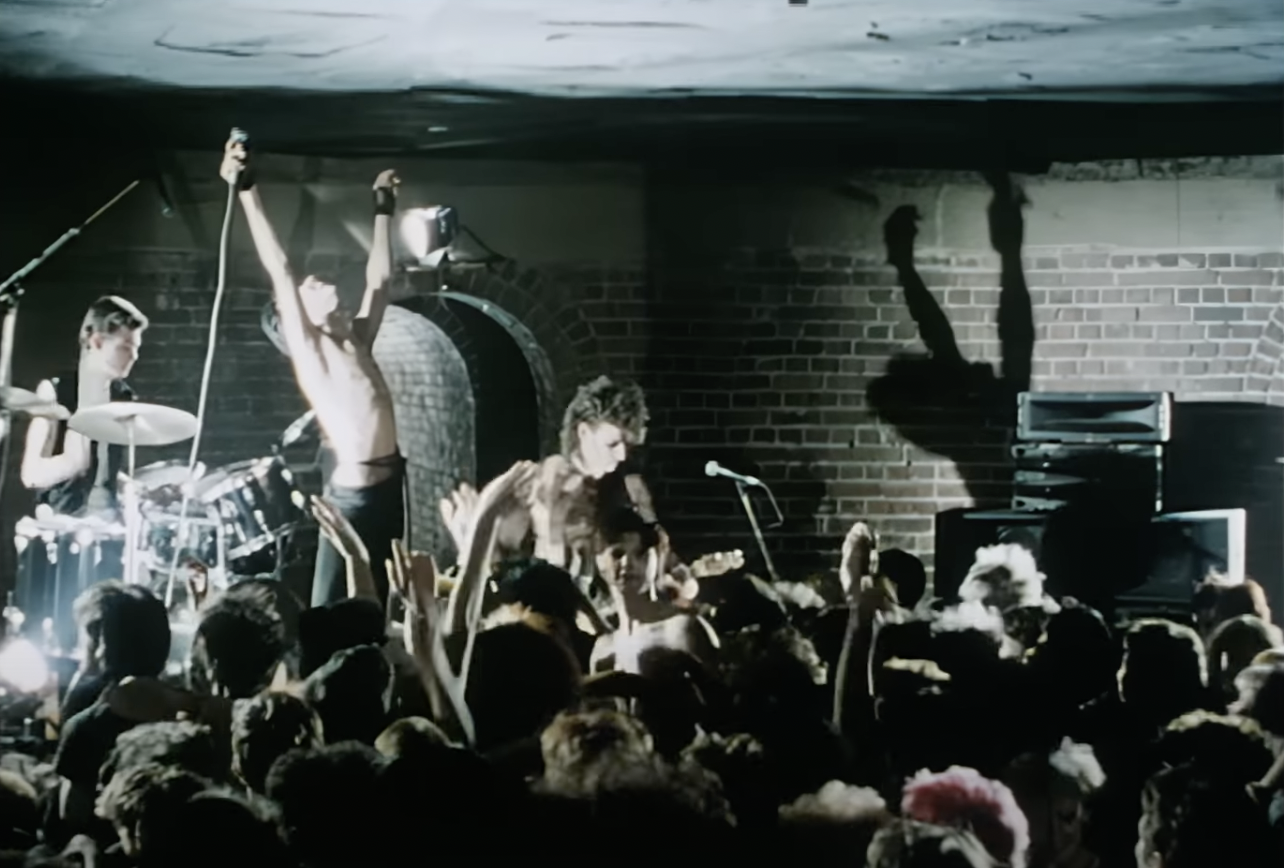
Bauhaus perfectly fit the brief of bands that enjoy wallowing in the creepier side of performance art, often playing shows in underground tunnel systems and messing around in cages. Their unconventional style fully manifests itself on Dark Entries, a lo-fi track which plays on the band’s ability to make the listener feel uncomfortable.
Transmission – Joy Division
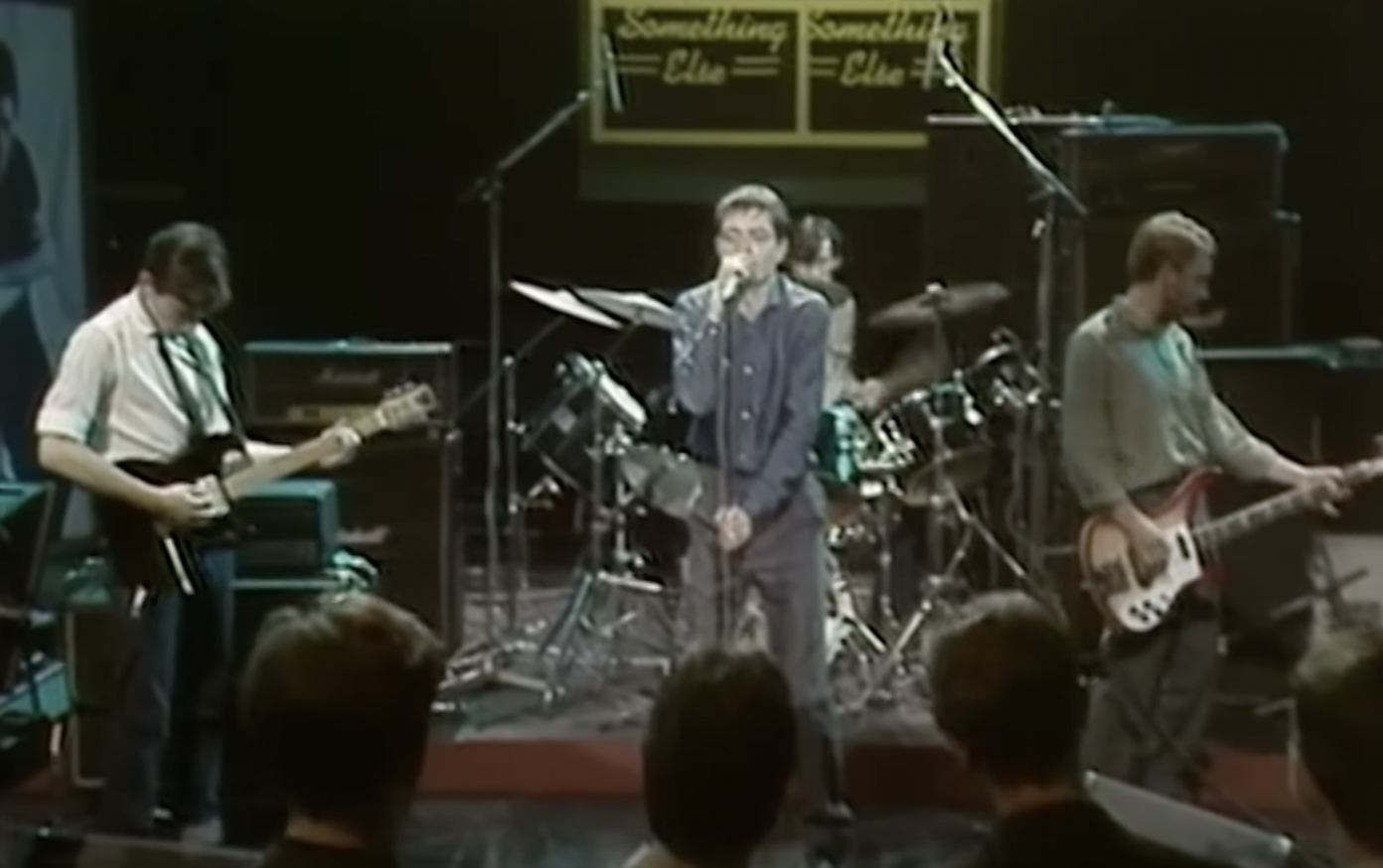
Joy Division liked to keep their listeners feeling uncomfortable, never shying away from pushing the boundaries a little too far. Transmission is one of those songs that feels horribly claustrophobic before its climax. The song was written about how listening to the radio can kill your soul. Joy Division singer Ian Curtis would go on to be a victim of suicide a year after the song was released.
I Love You – Barney the Dinosaur
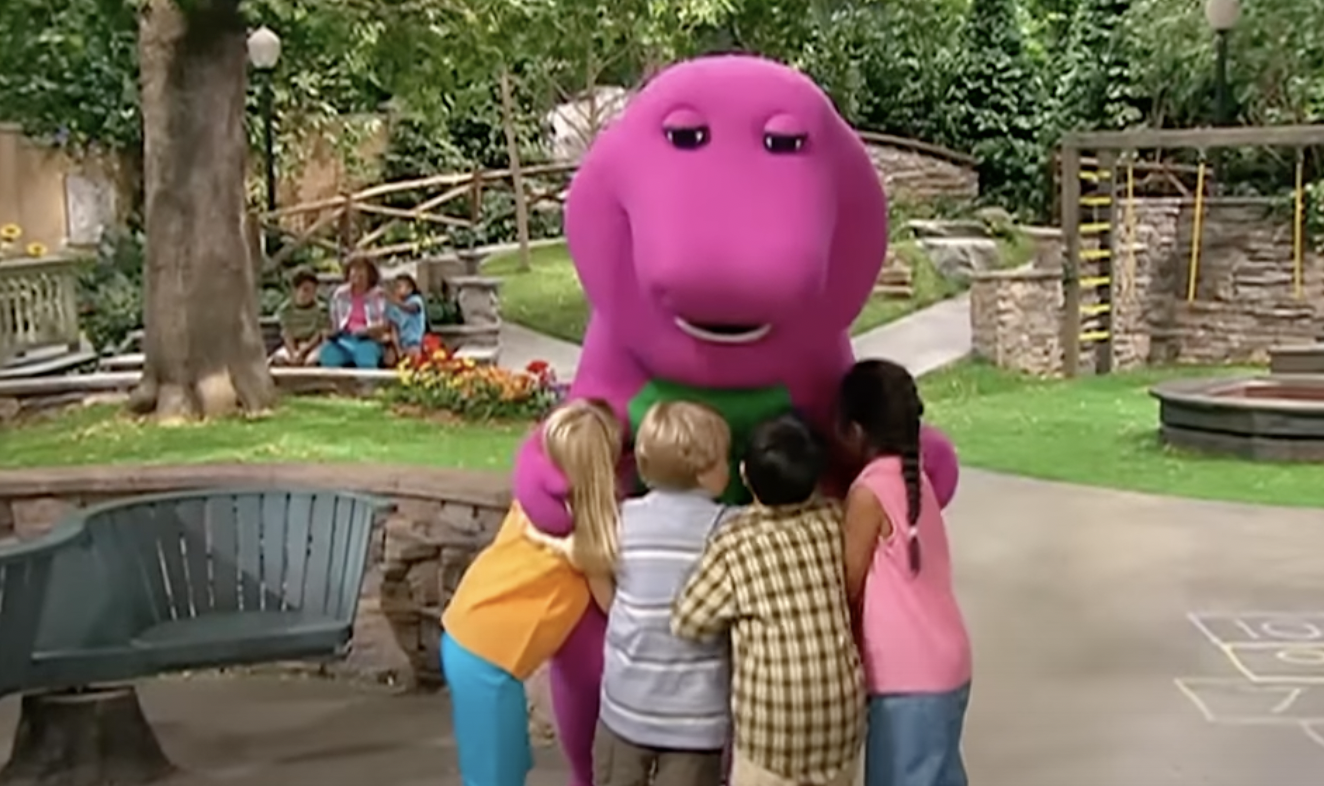
Barney the Dinosaur and the CIA. That’s a pairing you didn’t expect to read about today. For a little context, Barney the Dinosaur and his song I Love You is regarded as so annoying by the CIA, that they allegedly deem it the perfect song to torture prisoners with. The song’s morbid history has led many to believe it harbours a curse within its inane lyrics.
Pumped Up Kicks – Foster The People

Pumped Up Kicks by Foster The People is a deceiving song, hooking you in with a catchy bass line and a perfect pop chorus. However, scratch beneath the surface and you’ll soon realize the song is about a child planning a school shooting. What’s worse is that since Pumped Up Kicks was released in 2011, the number of school shootings has risen exponentially.
Babylon – David Gray

David Gray’s Babylon is one of the highlights of his White Ladder album, unless you’ve ever been locked up in Guantanamo Bay that is. Allegedly, Babylon has been used as a method of getting answers out of non-compliant people, by playing the song on repeat until their prisoner finally cracks.
Love Rollercoaster – Ohio Players
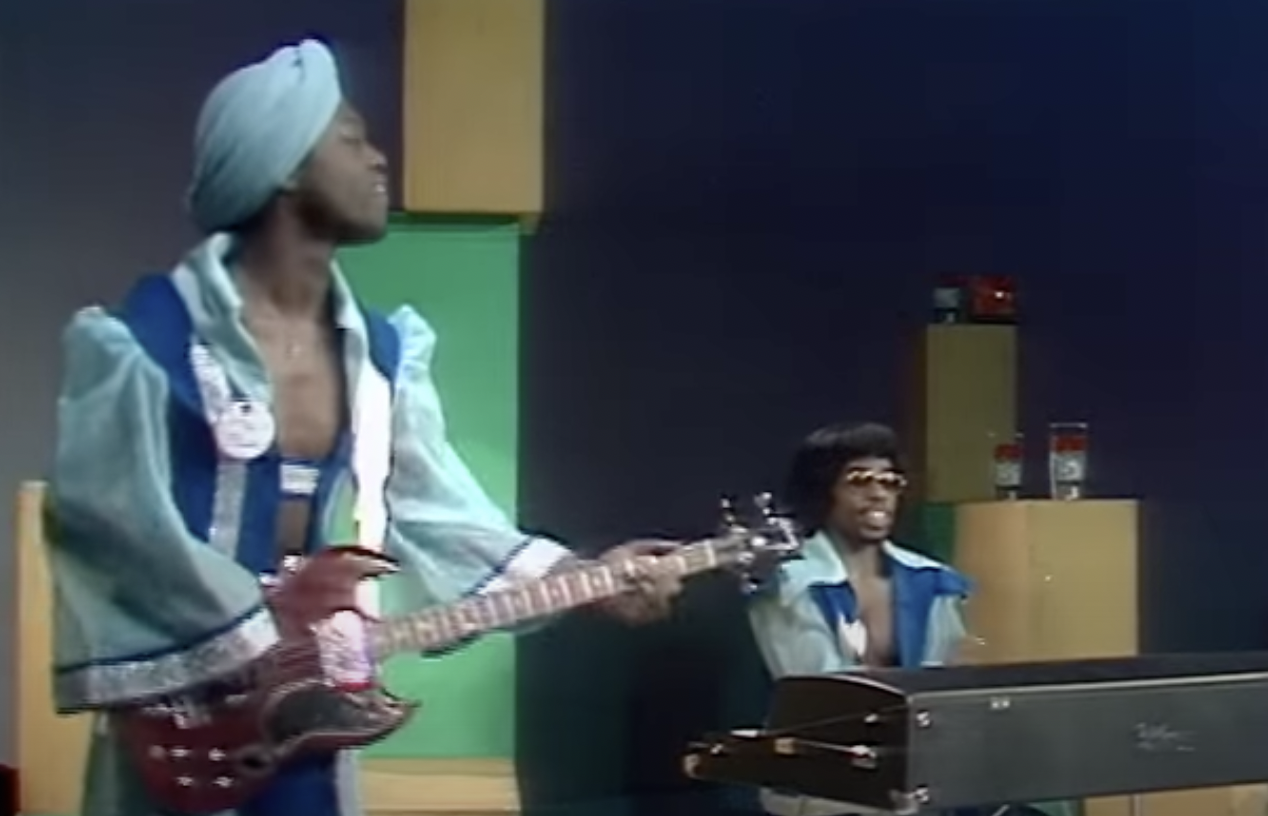
The song Love Rollercoaster by the Ohio Players has persistently been the subject of a rather disturbing myth since the song’s release in 1975. Around one minute and 25 seconds into the song, a scream can be heard, which many people think is the sound of someone being murdered during the recording session. Ohio Players member Jimmy ‘Diamond’ Williams put this rumor to bed, stating that the scream was a singing technique to prepare for hitting a super high notes.
Never Learn Not To Love – The Beach Boys
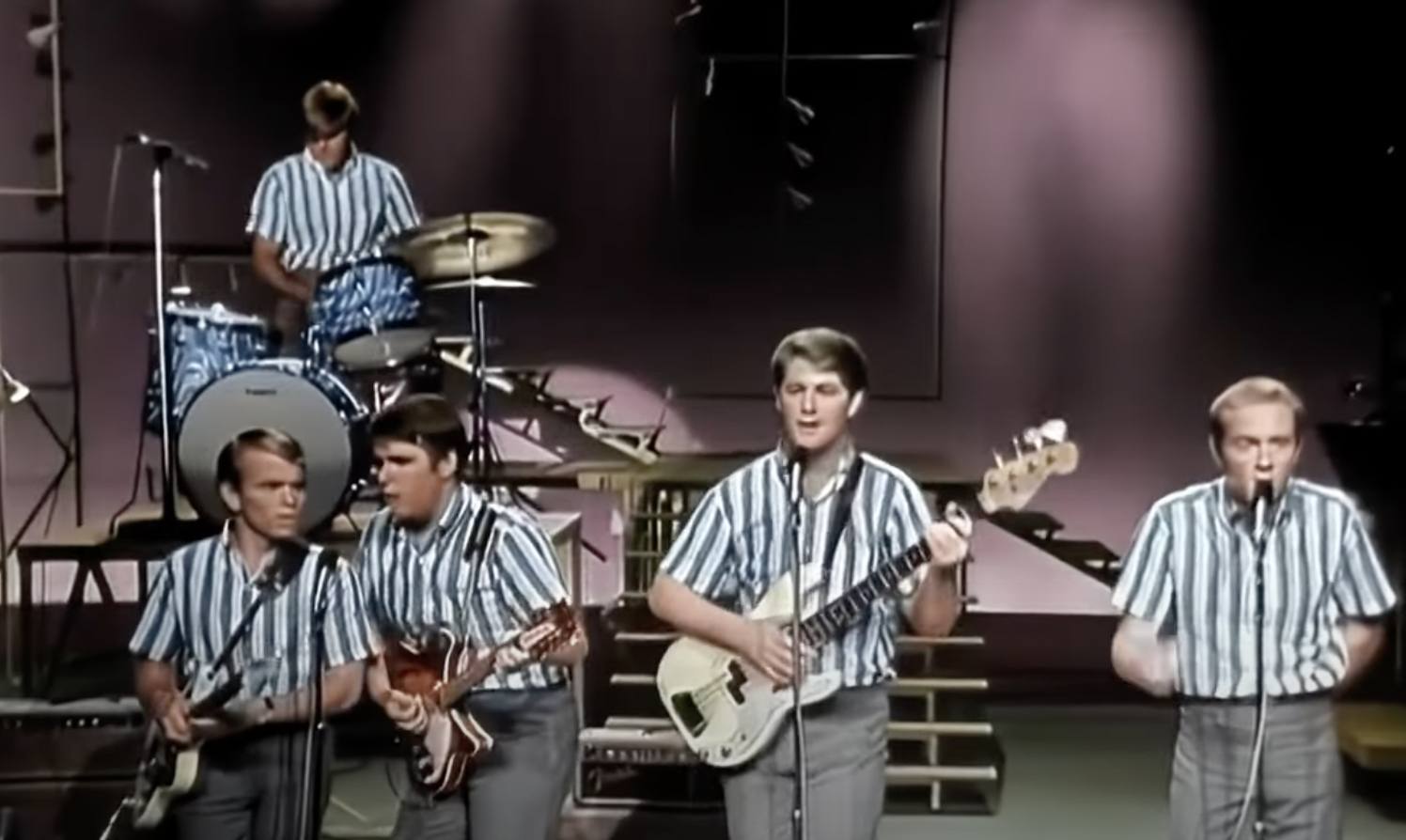
It’s not the song’s lyrical meaning, or The Beach Boys’ performance of it that makes Never Learn Not To Love cursed. It’s the fact that it was written by none other than Charles Manson, the crazed leader of the Manson Family cult. Surfer Beach Boy Dennis Wilson had made friends with Manson – pre-murders – and had showed some of his songs to the other band members. They agreed to record Never Learn Not To Love, going as far as performing it live on television.
Better By You Better Than Me – Judas Priest

Better By You Better Than Me by Judas Priest was blamed for the suicide of teenager Ray Belknap and the attempted suicide of 20-year-old James Vance in the 1980s, in an apparent suicide pact. Vance’s parents cited subliminal messages in the song as the reason for their son’s attempted suicide.
Suicide Solution – Ozzy Osbourne

In a similar situation to the Judas Priest song above, Suicide Solution by Ozzy Osbourne was blamed for the suicide of teenager John McCollom. Ozzy Osbourne was taken to court over the death, but the case was eventually dropped, partially because of McCollom’s known struggles with depression.
Last End – Koji Kondo
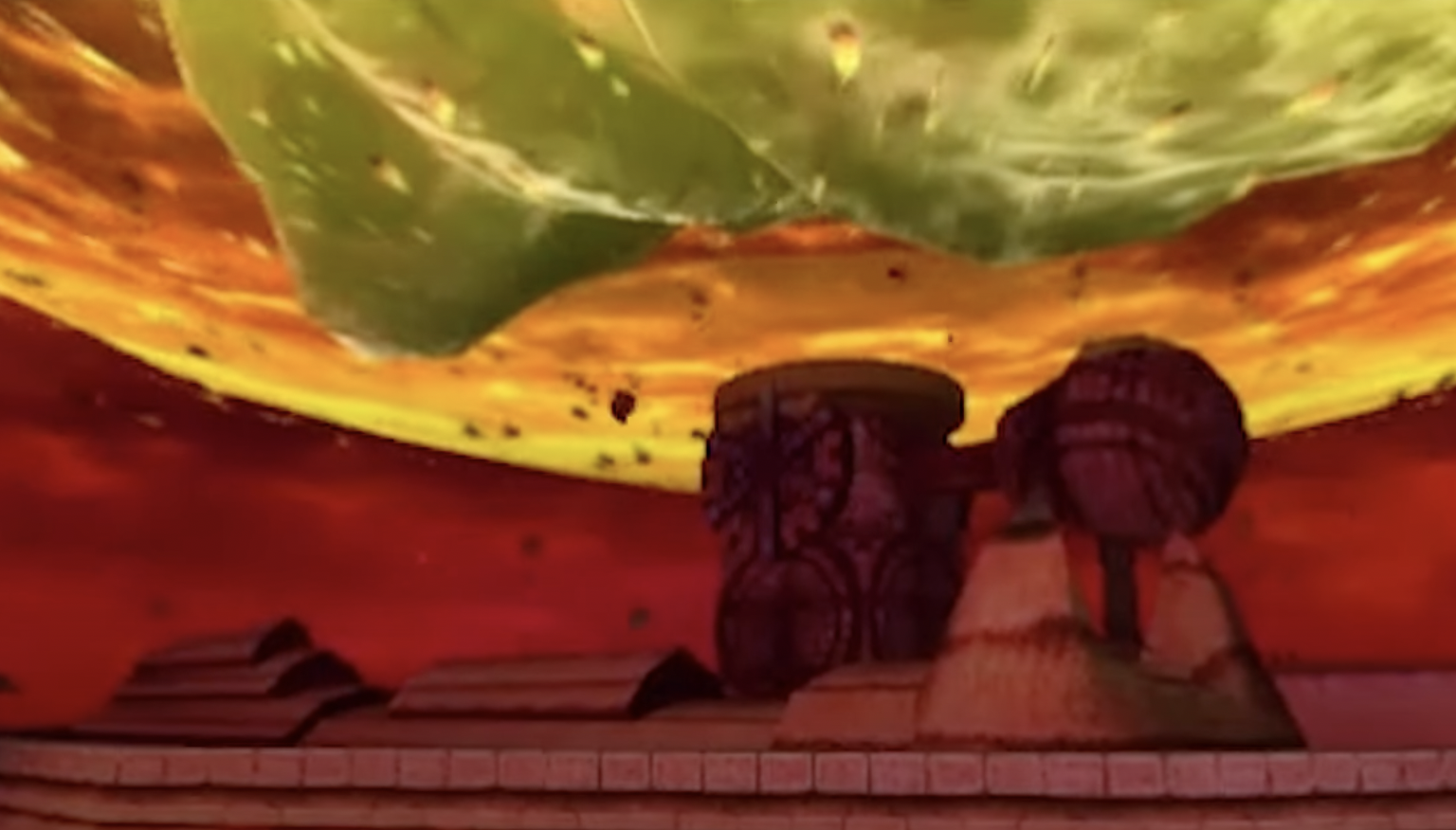
Another classic video game song, Koji Kondo’s Last End is the song that plays when the world is about to end in The Legend of Zelda: Majora’s Mask. The song is a significant mood-setter in the game, provoking feelings of despair and dread. After all, the world is about to end.
We Are Never Ever Getting Back Together – Taylor Swift

Now, We Are Never Ever Getting Back Together by Taylor Swift may seem on the surface to be an innocent, upbeat pop song. However, music-minded conspiracy theorists have reversed the track, and picked out a couple of phrases that they believe align Swift with the devil, such as, “I’ll sin for you” and “I stole for you”.
665 – Soundgarden
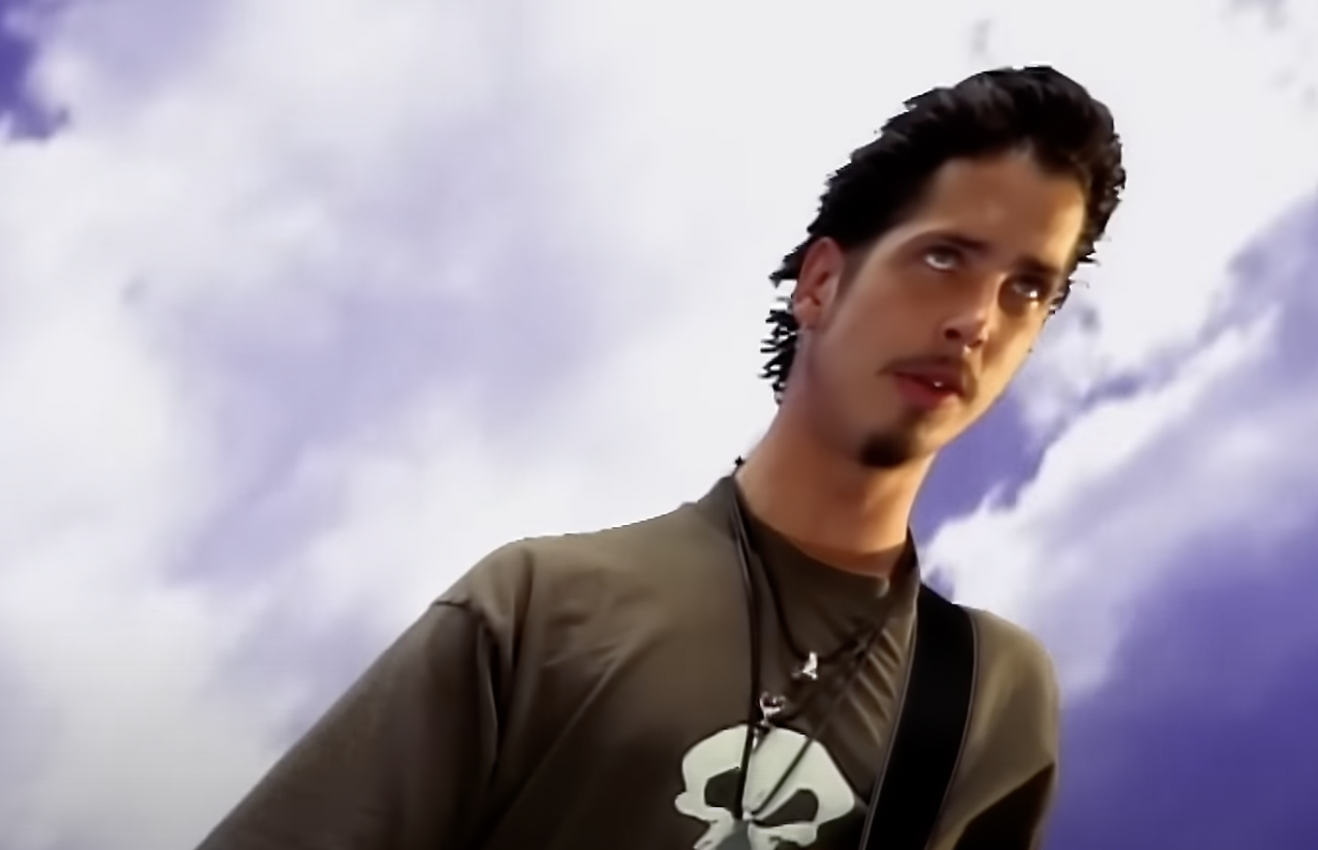
Soundgarden’s 665 already has a creepy atmosphere, with singer Chris Cornell’s wailing giving the impression that the song is a product of pain. Not to mention it is called 665, one digit away from being the infamous devil’s number 666. In addition to this, there is some very audible backwards singing in the song, which must be a message to the devil.
I’m So Tired – The Beatles
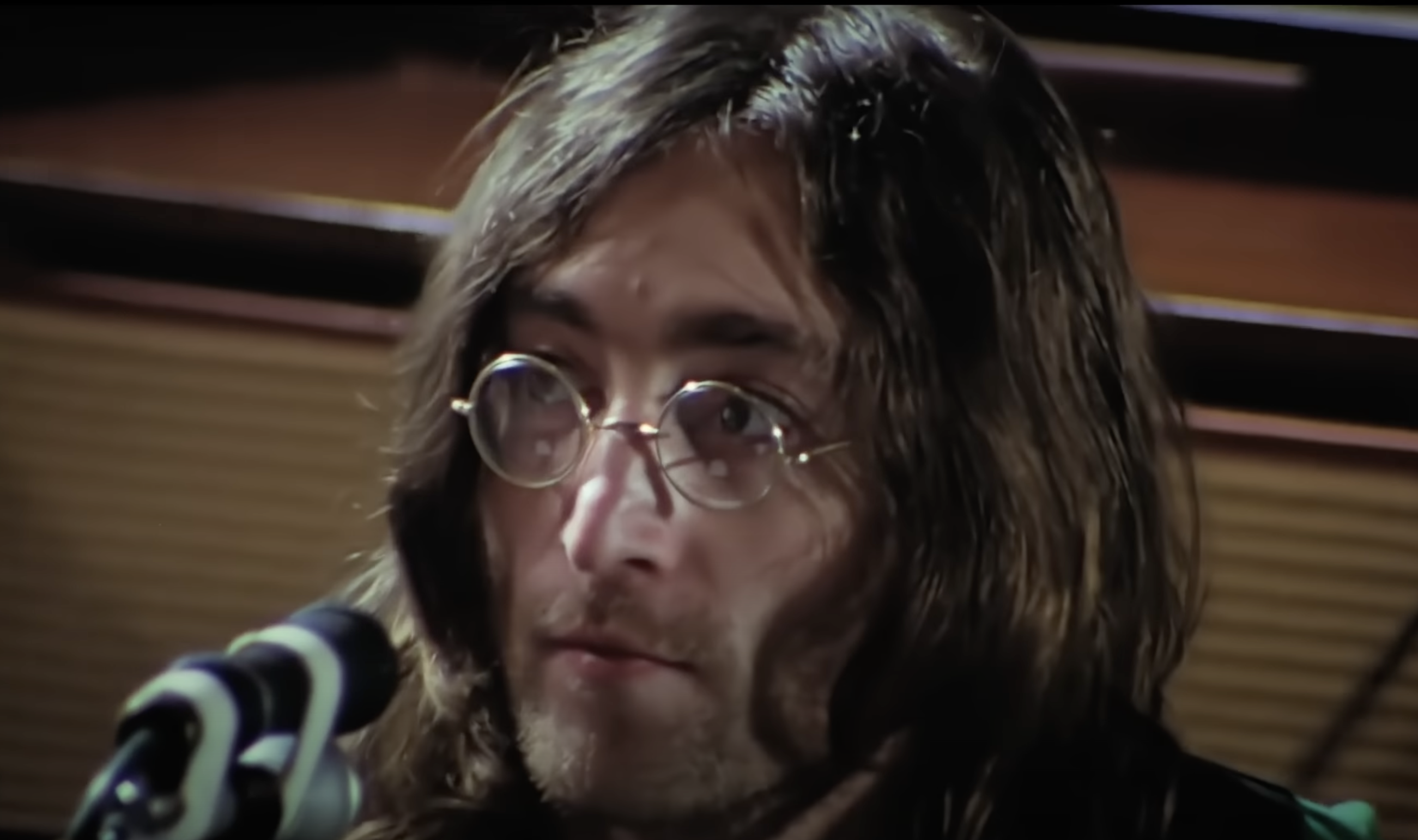
One of John Lennon’s White Album highlights, I’m So Tired, was written about his struggles with sleeping after spending entire days meditating with the Maharishi in India. However, a very subtle adlib at the end of the song, when reversed, appears to say, “Paul is dead man, miss him, miss him”, further fuelling the rumours that Paul McCartney had died and been replaced with a lookalike. Another cursed Beatles song, or just a coincidence? We will never know.
The Climb – Miley Cyrus

The outro to Miley Cyrus’ power ballad The Climb features a few vocal runs that many have deemed cursed, for the way they seem to portray a cry for help when reversed. The original optimistic lines of “Keep the faith, keep the faith” end up turning into the more sinister “Find me, find me, I am lost” when flipped around.
Live While We’re Young – One Direction

One Direction’s music will definitely feel cursed to any parents who had children between the ages of seven to 15 during the height of the group’s fame in the early to mid-2010s. However, their song Live While We’re Young gives a little bit of legitimacy to accusations that the group are involved in curses, as the line “We’re all Satanists” can be heard when you reverse the song.
He Hit Me (And It Felt Like a Kiss) – The Crystals
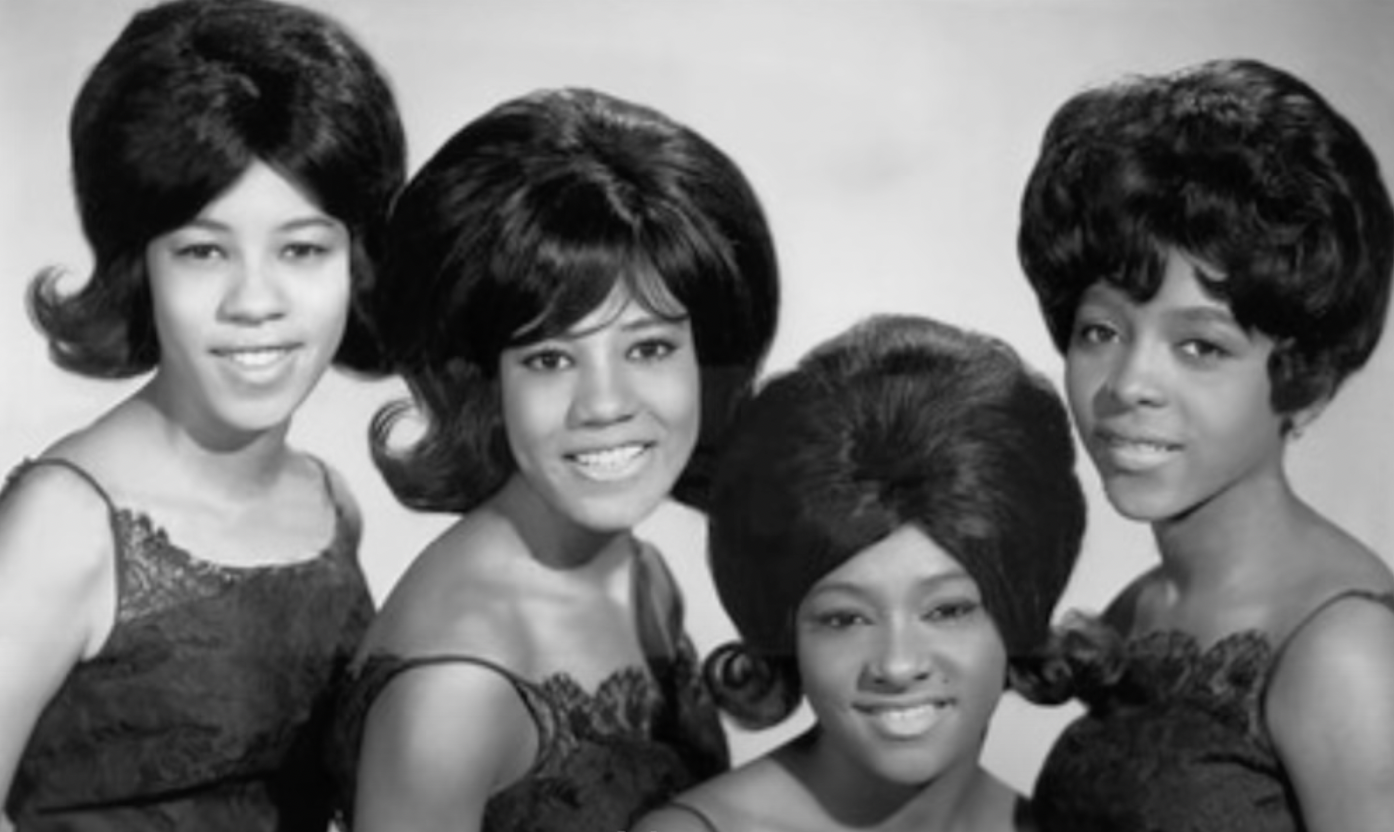
The origin of the Carole King-penned song He Hit Me (And It Felt Like a Kiss) came about when King met a friend who was suffering in an abusive relationship but didn’t want to leave. The song was meant to denounce domestic violence, but when The Crystals came to release it, it was seen to do the opposite. Beliefs that the song was cursed were amplified when Phil Spector, who produced the song, was arrested for the murder of a female actress in 2003.
Chez Les Yé-Yé – Serge Gainsbourg
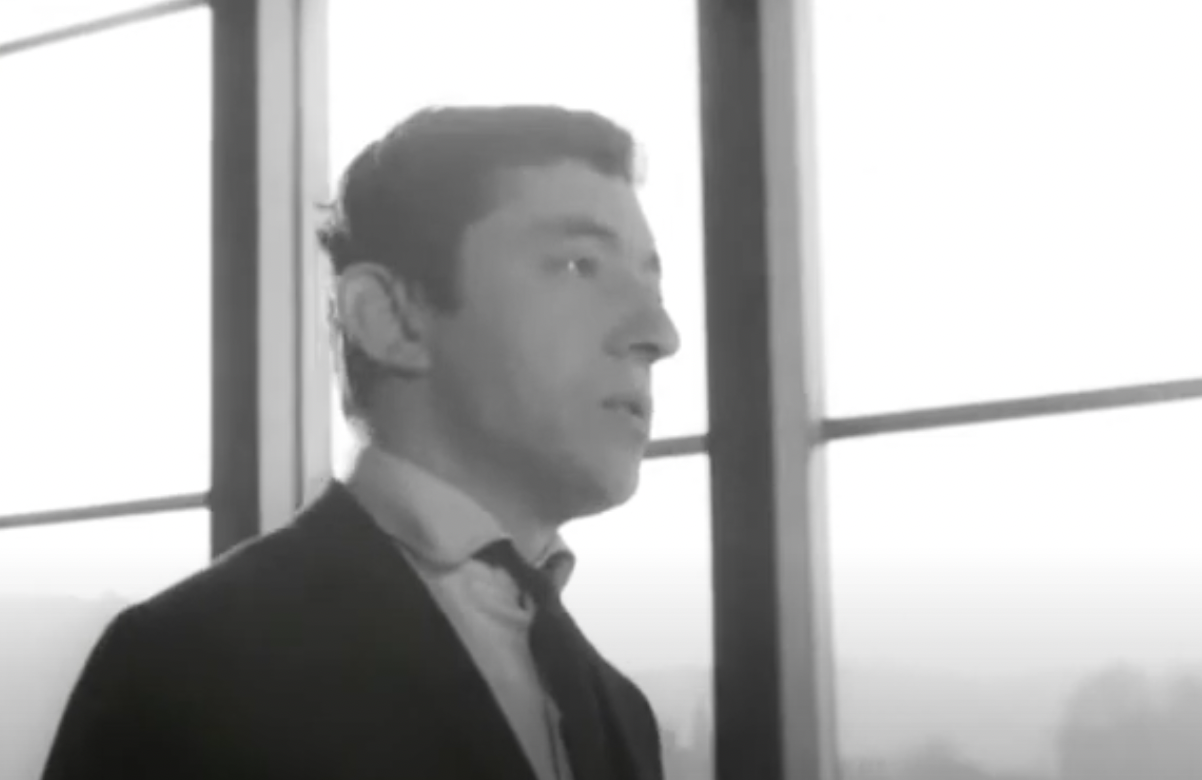
Serge Gainsbourg was always the master provocateur, even in his earliest years in the industry. The music video for his 1964 song Chez Les Yé-Yé makes for highly uncomfortable viewing, with Gainsbourg standing perfectly still in front of an out-of-time, crazed-looking dancer.
Revolution 9 – The Beatles
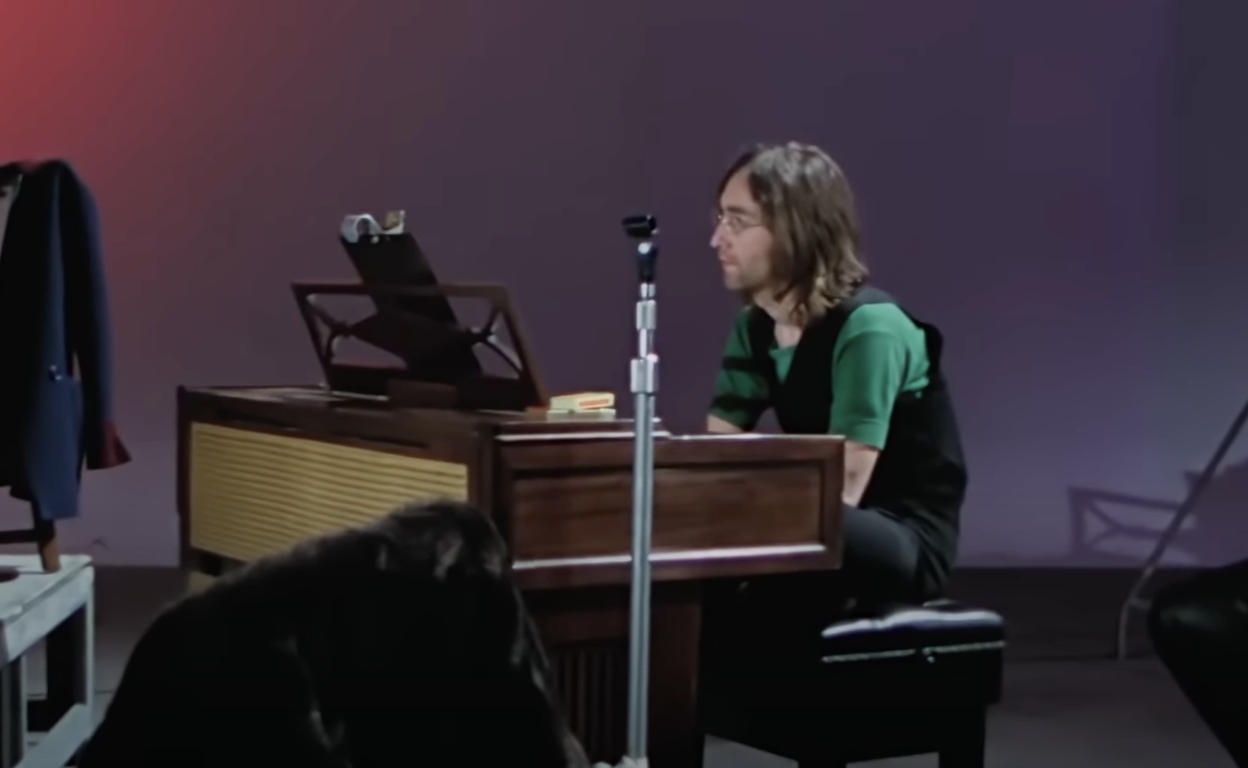
John Lennon’s sound collage, Revolution 9, is seen as a bit of a blot on The Beatles’ discography, as it sounds like nothing else the band has released. The number nine seemed to follow Lennon around in real life, becoming something he was consciously haunted by. Some Beatles fans believe that the number nine that is repeated so often throughout Revolution 9 foreshadowed Lennon’s death, which, in the timezone of his hometown of Liverpool, happened on the ninth of December, 1980.
When The Party’s Over – Billie Eilish

Billie Eilish’s When The Party’s Over is meant to make the listener feel uncomfortable, especially when watching the video, in which a pained Eilish has tears of black ink streaming from her eyes. It gets even creepier when you reverse the song and hear the words “Kill it, kill it” and, “I walk in hell Satan”. Yikes!
Hotel California – Eagles
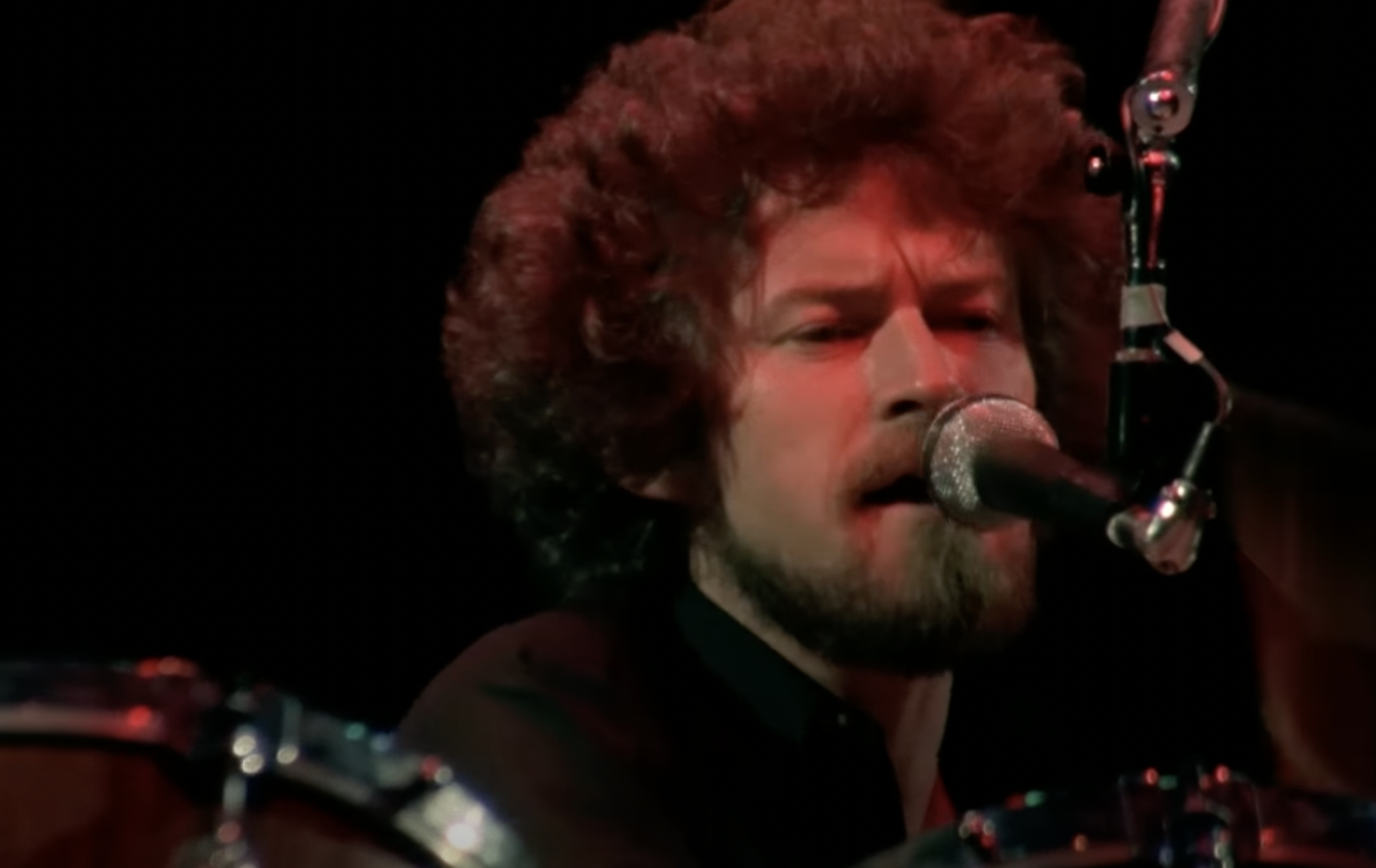
Hotel California is already set amongst a moody backdrop, with the message of the song being a warning that the American dream is not necessarily an aspirational idea. Some fans believe that the song has an even more sinister, cursed vibe around it though, with reverse lyrics appearing to say: “Satan reads this, he had me believe in him.”
Frankie Teardrop – Suicide
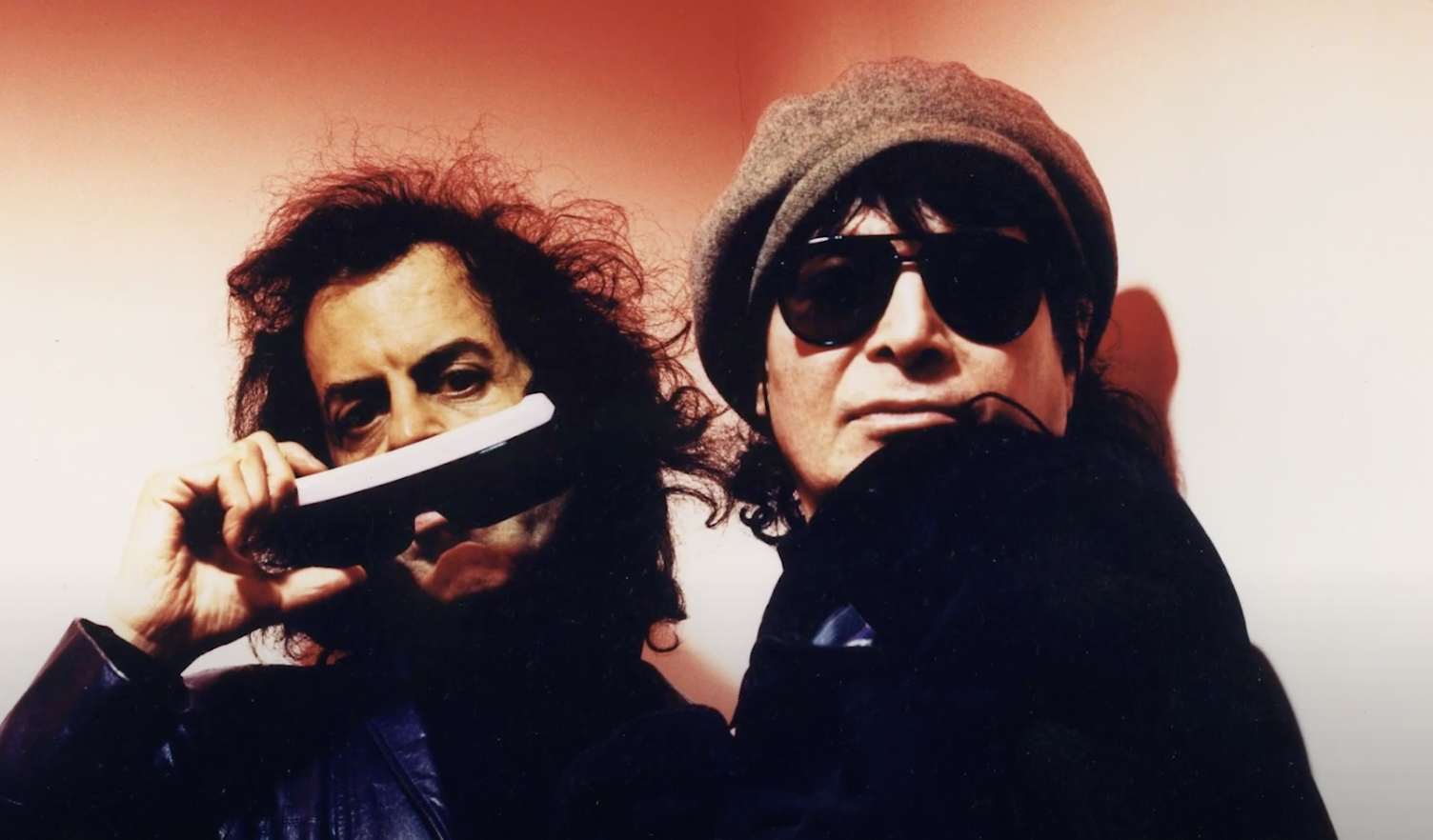
Of course, given that this band’s name is Suicide, you probably wouldn’t put one of their songs on expecting joyous, upbeat pop music. However, you probably wouldn’t expect a song like Frankie Teardrop either. It is genuinely horrifying, filled with blood-curdling screams that could surely only come from someone in genuine pain. It is most definitely a song to avoid, unless you like curse-induced nightmares.
505 – Slipknot
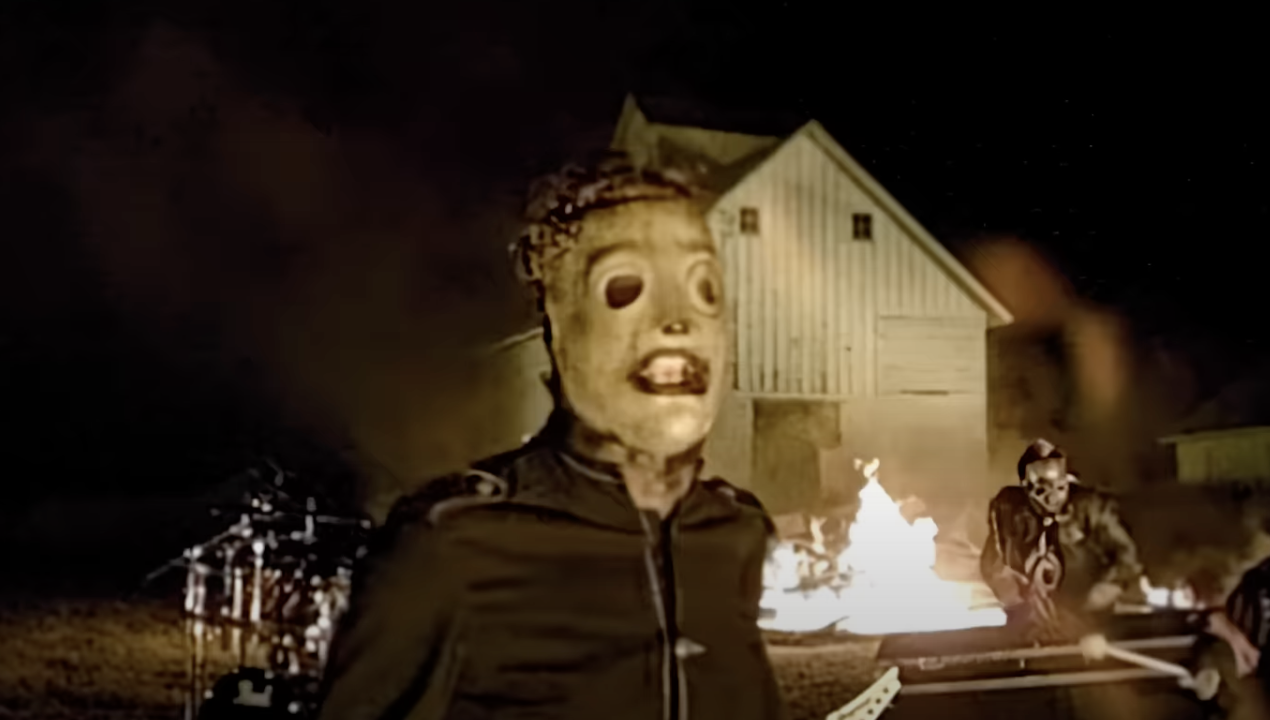
If you put this song on with far-flung expectations that Slipknot were going to be doing an Arctic Monkeys cover, you will be severely disappointed. 505 is pretty much an entire song of Slipknot doing their very best to creep you out, by screaming, gurgling and pretty much acting as a Halloween soundboard for the entire duration of the song. Even a lot of Slipknot fans purposely won’t go anywhere near it, in case it’s cursed.
What’s He Building – Tom Waits
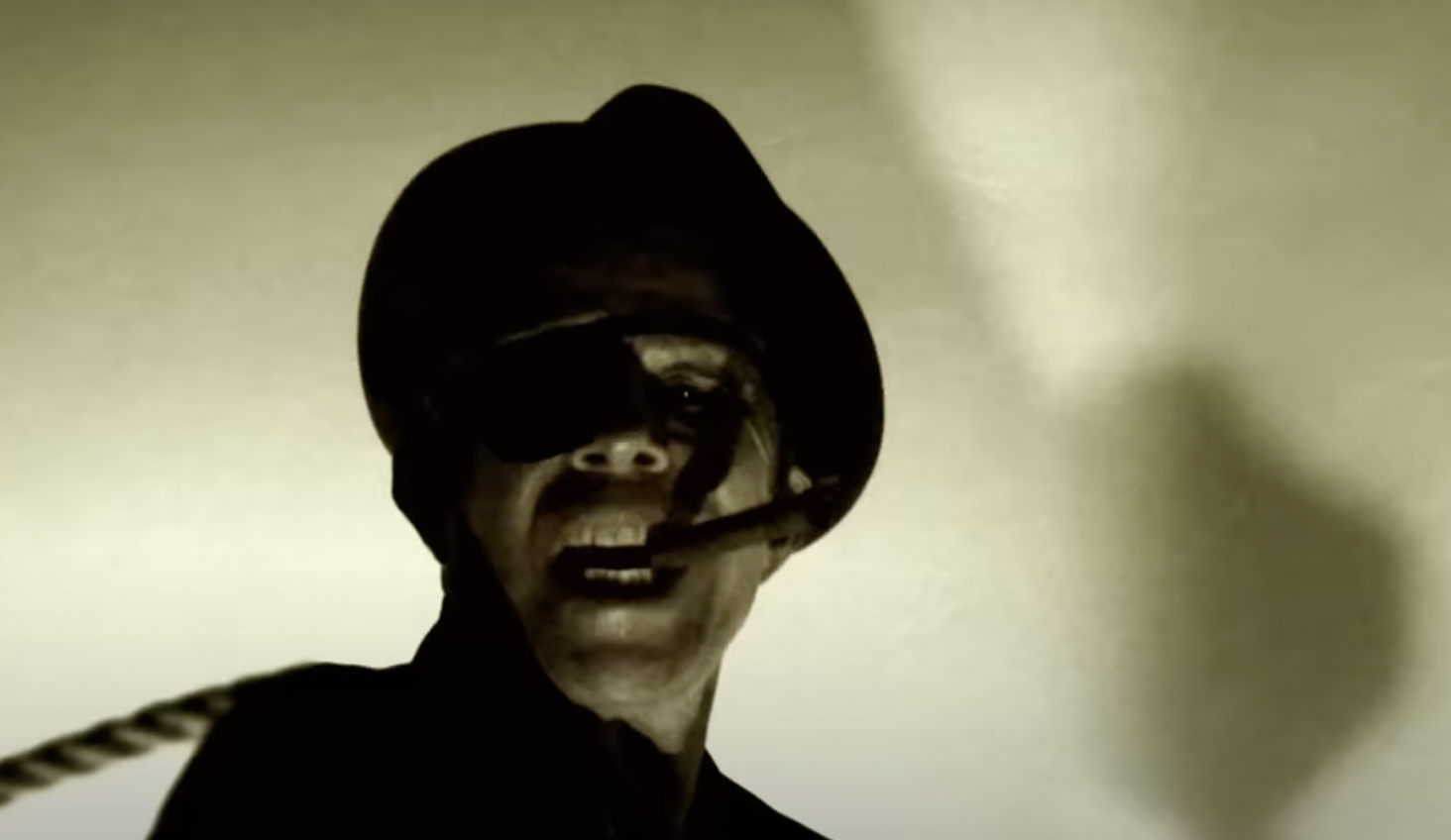
Tom Waits’ What’s He Building is a terrifying piece of music, accompanied by an eerie and uncomfortable piece of spoken word poetry. The words focus on oddly specific details about a man and his suspicious behaviour, from keeping poison in the sink to making strange flashlight signals. The listener doesn’t ever find out what the man is building, but the hints given are enough for many to conclude the track is cursed.
Unfinished Music No. 2: Life With the Lions – John Lennon and Yoko Ono
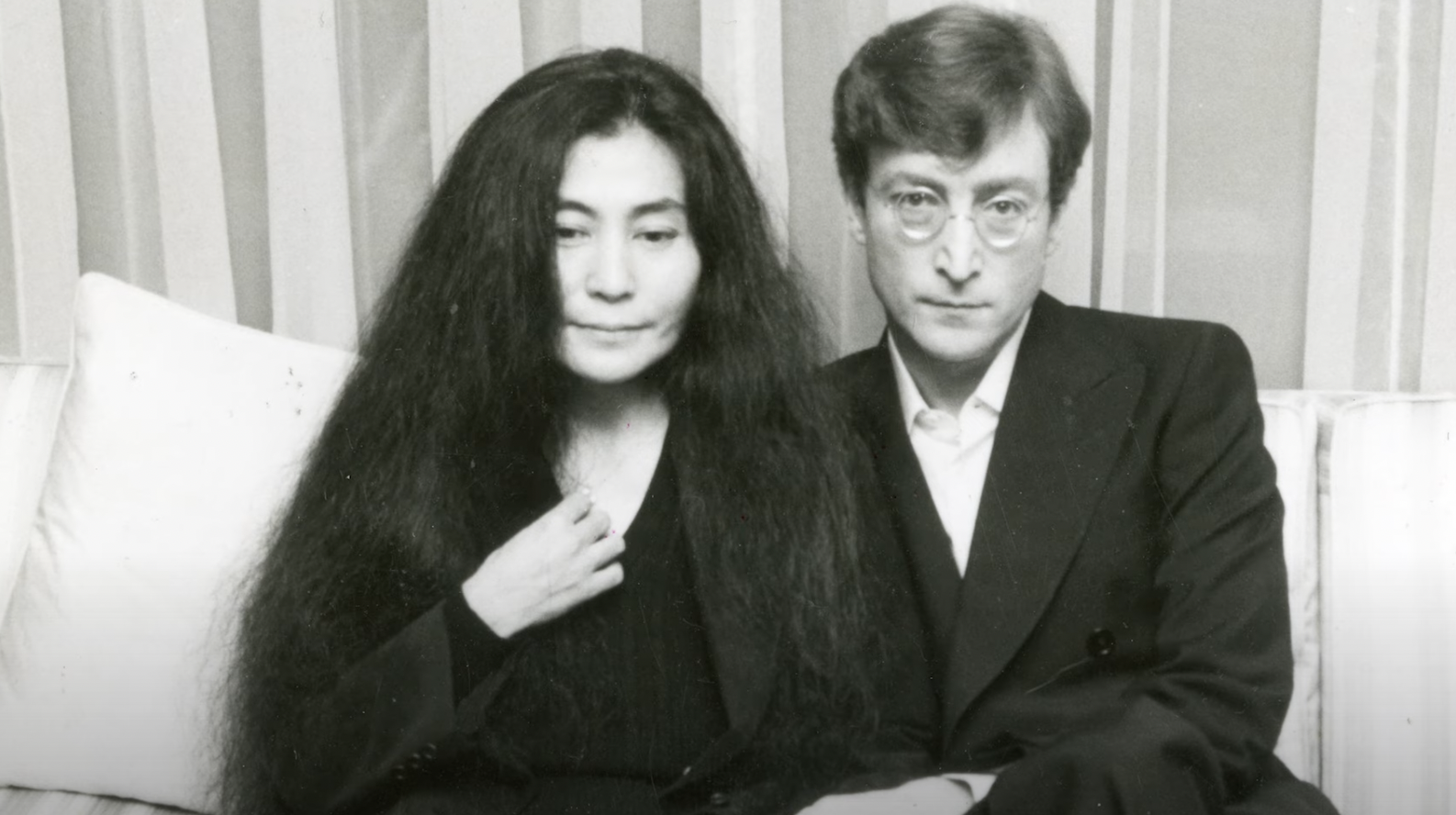
This is not a cursed song, but instead an entire cursed album. While The Beatles were fracturing and John Lennon and Yoko Ono’s relationship was still in its honeymoon phase, the couple recorded a string of avant-garde records including Unfinished Music No.2: Life With the Lions, which includes plenty of Yoko’s trademark squealing, the heartbeat of an unborn baby, and live recordings of Yoko Ono experiencing a miscarriage.
Final Scream – Grim Reaper
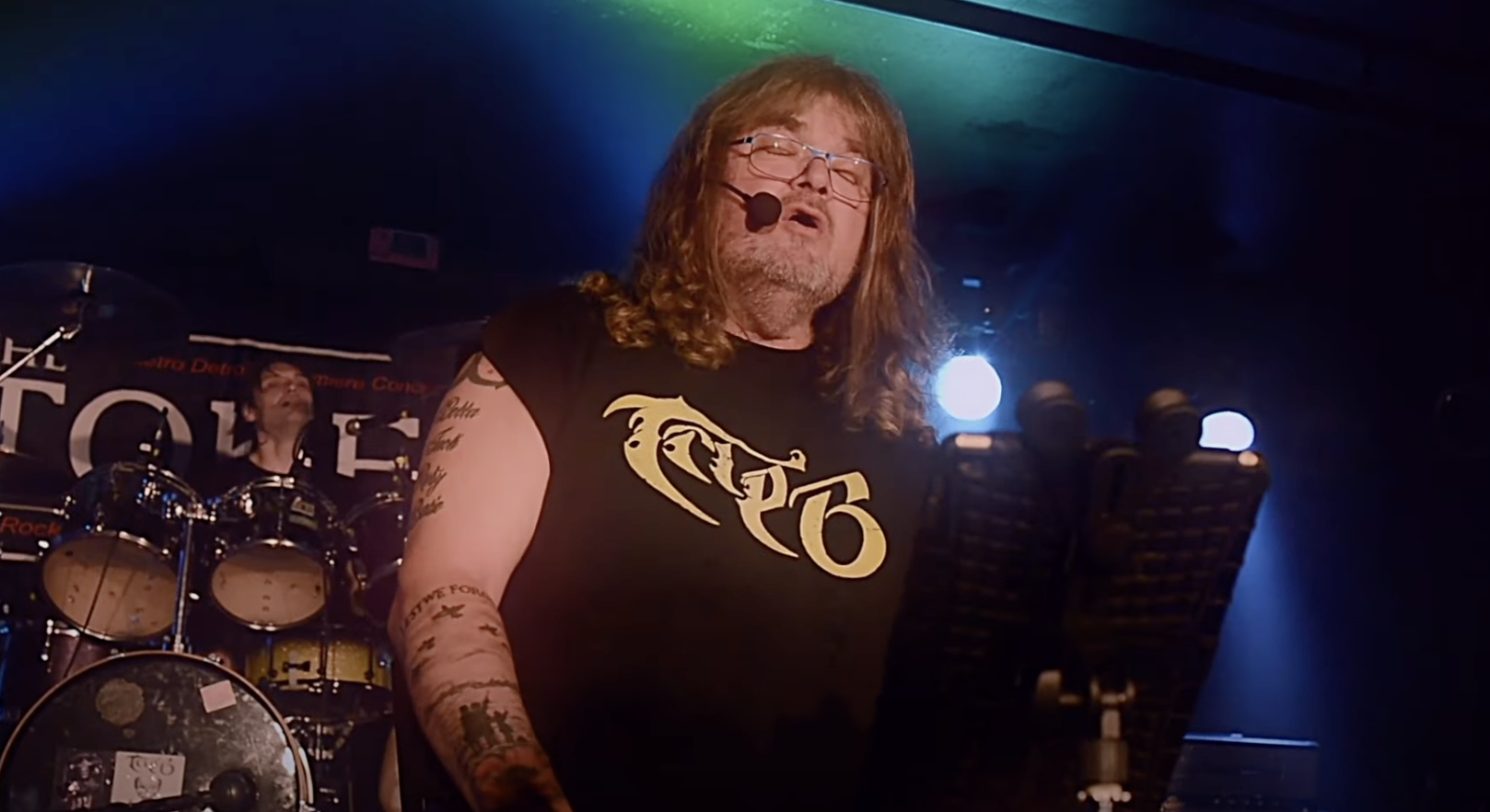
Final Scream by the heavy metal band Grim Reaper features a creepy reverse message toward the end of the already creepy song. If you reverse the track, you’ll hear a gruff, cursed-sounding voice mutter the words, “See you in hell”. Heavy metal fans tend to lap this sort of eerie, satanic nonsense up, but others believe the song is cursed.
Gonna Raise Hell – Cheap Trick

If you manage to sit through all ten minutes of Cheap Trick’s cursed number Gonna Raise Hell, then good for you, because it’s not easy. However, if you put the sound of the song aside for a moment and reverse it at around the four-minute mark, you will hear the words, “You know Satan holds the key to the lock”. Creepy, isn’t it?
Dinner at Deviant’s Palace – Cradle of Filth
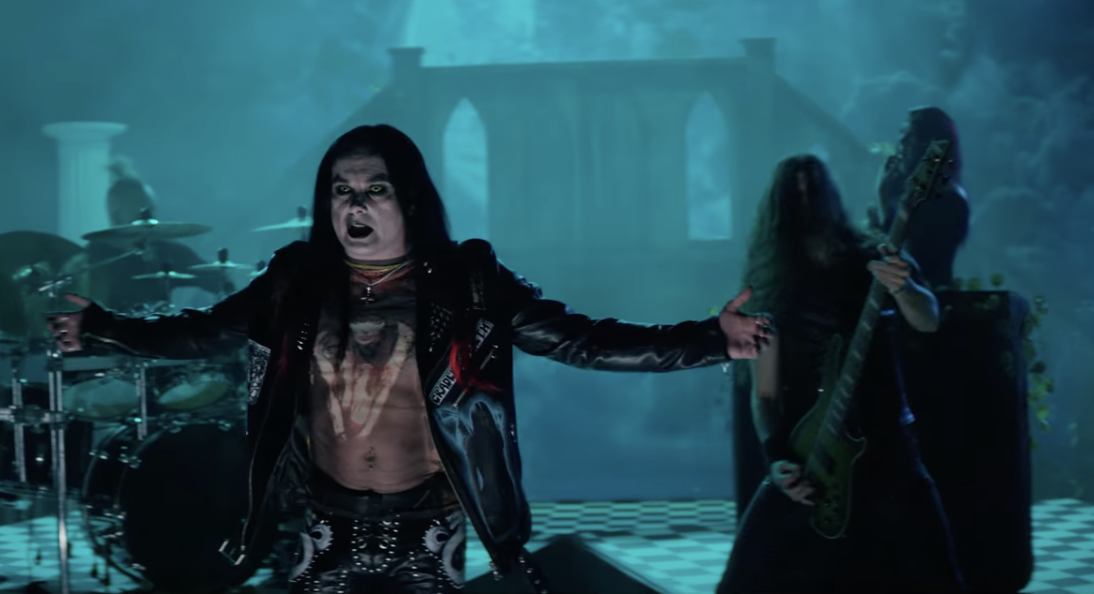
A sizeable number of planet Earth’s Christian contingent were not at all happy when Cradle of Filth recited, and reversed, the lord’s prayer on their song Dinner at Deviant’s Palace. This prayer is often recited by Satanists during Black Mass, leaving many god-fearing folk believing that the song is cursed.
Ain’t No Grave – Johnny Cash
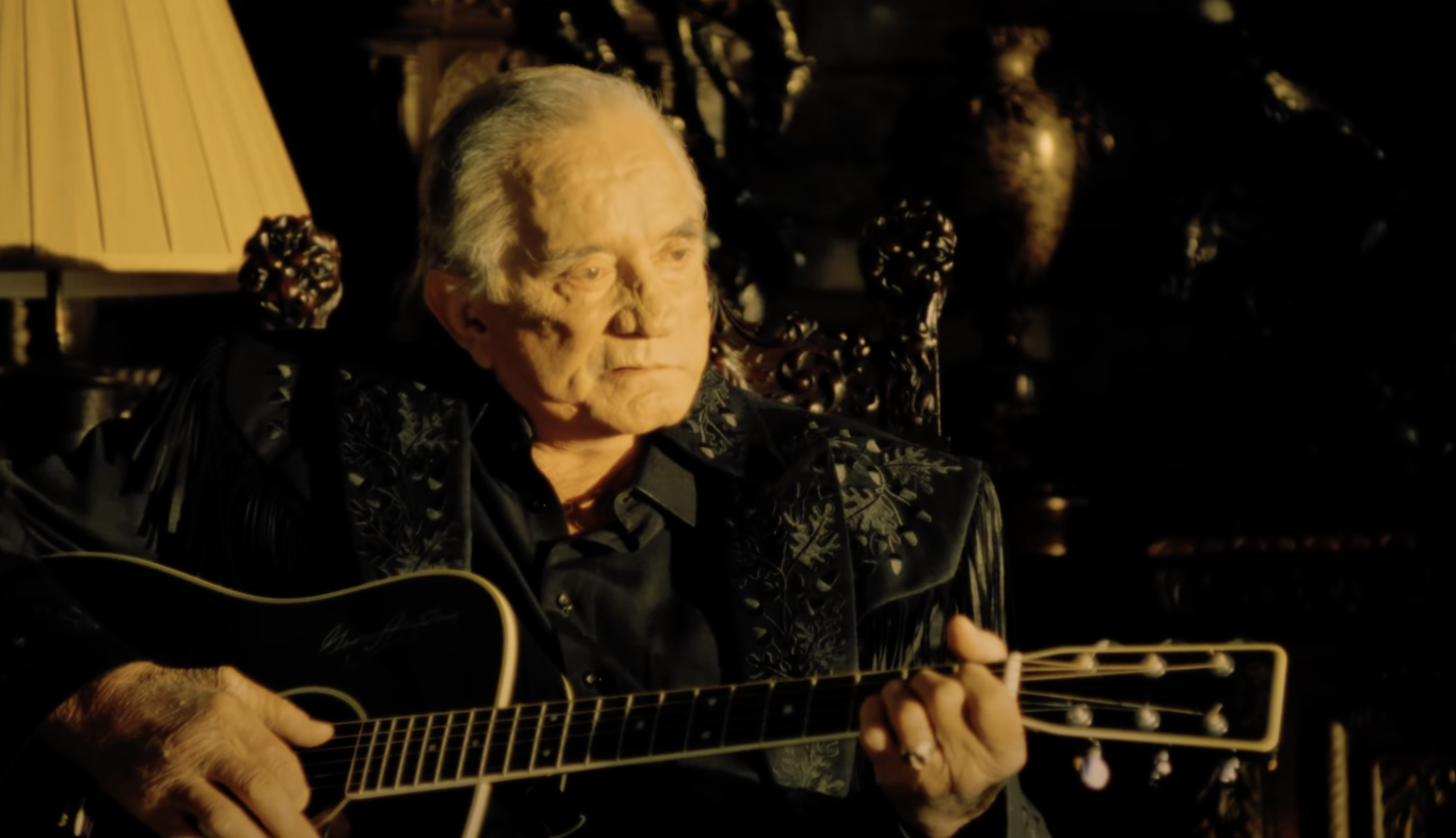
Johnny Cash sings about there being no grave that could possibly hold him down in his posthumously released track, Ain’t No Grave. Cash died not long after he had recorded the song, which has led many of his fans to believe that it is cursed, and that Cash’s presence looms large over it.
Tiptoe Through The Tulips – Tiny Tim
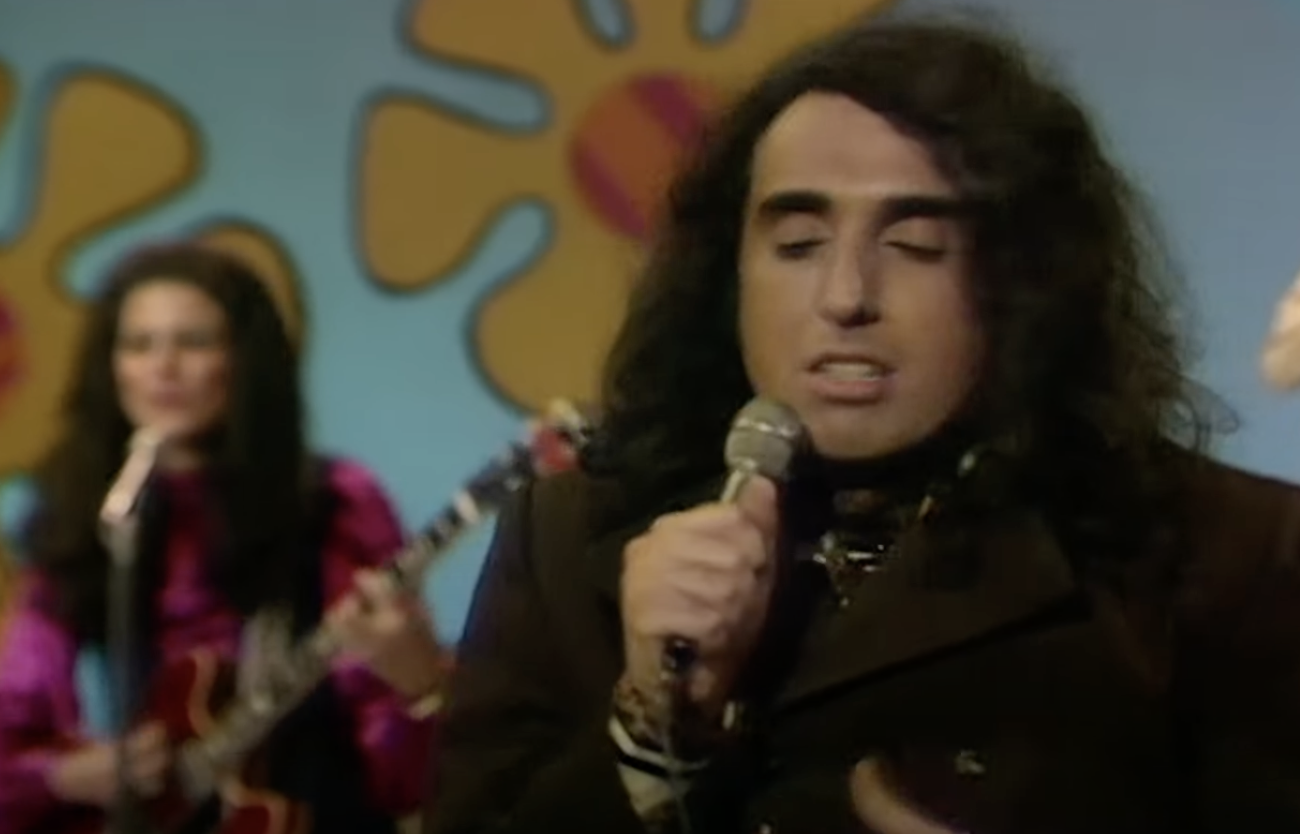
Tiny Tim’s falsetto version of the song Tiptoe Through The Tulips has become synonymous with spooky season, mostly because of its use in multiple horror films and TV shows. It has gone down in history as one of the most haunting-sounding songs, despite its lyrics being about walking through fields of flowers.
Rule, Britannia! – Thomas Arne
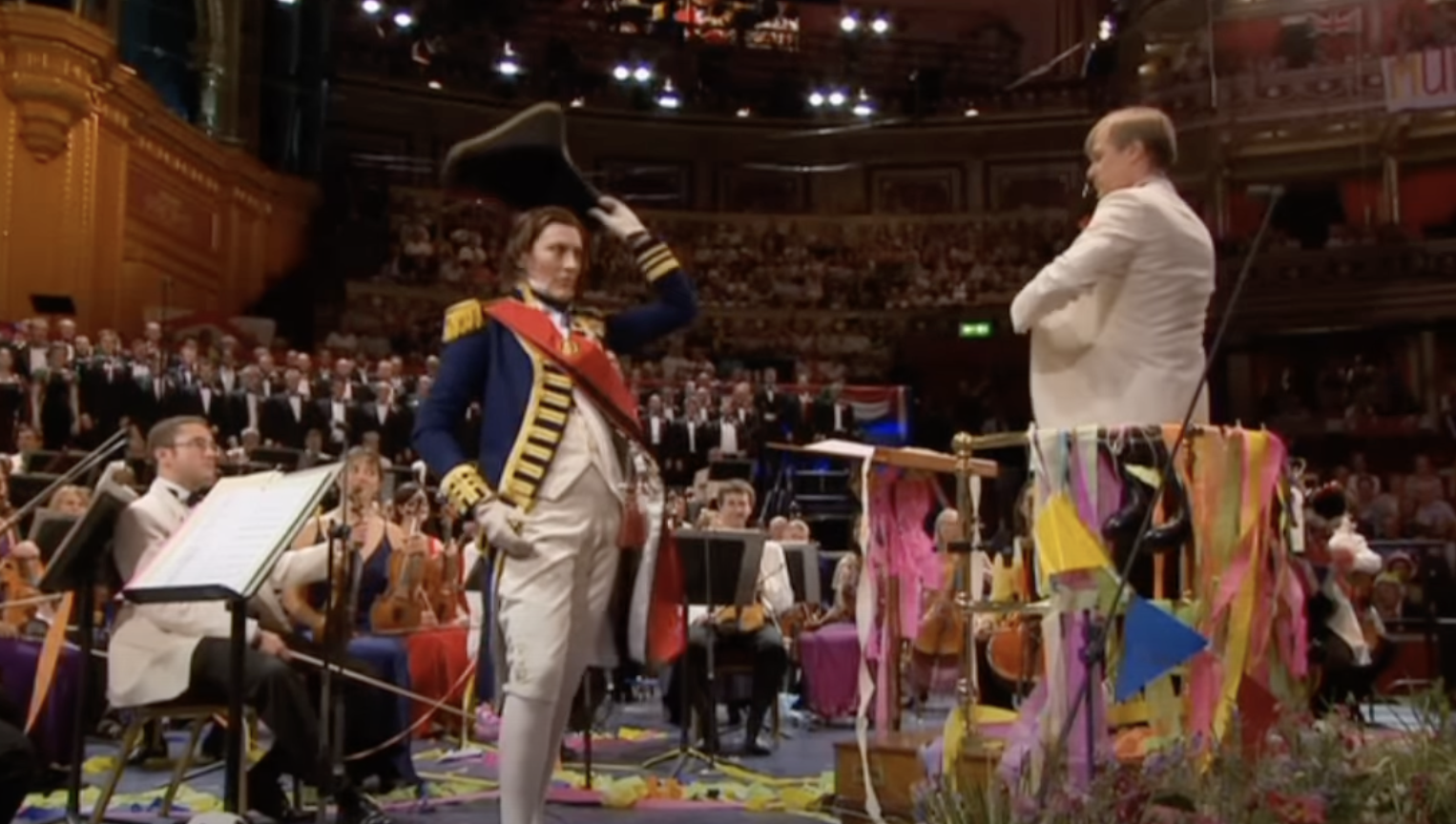
Thomas Arne’s 1740 song, Rule, Brittania! is considered cursed because of its strong links to the British colonization of a wide range of nations. The song is linked to slavery and other cruel, shameful fragments of the United Kingdom’s history, which has led to a moratorium on it being played in certain parts of the world.
Any song featuring a glass harmonica

Benjamin Franklin invented the glass harmonica in 1761, originally intending it to sound ambient and unique. However, in the late 18th century, rumours started circulating that the instrument was making its players and the audiences listening to it go insane, and it subsequently fell out of favour.
Ring Around the Rosie
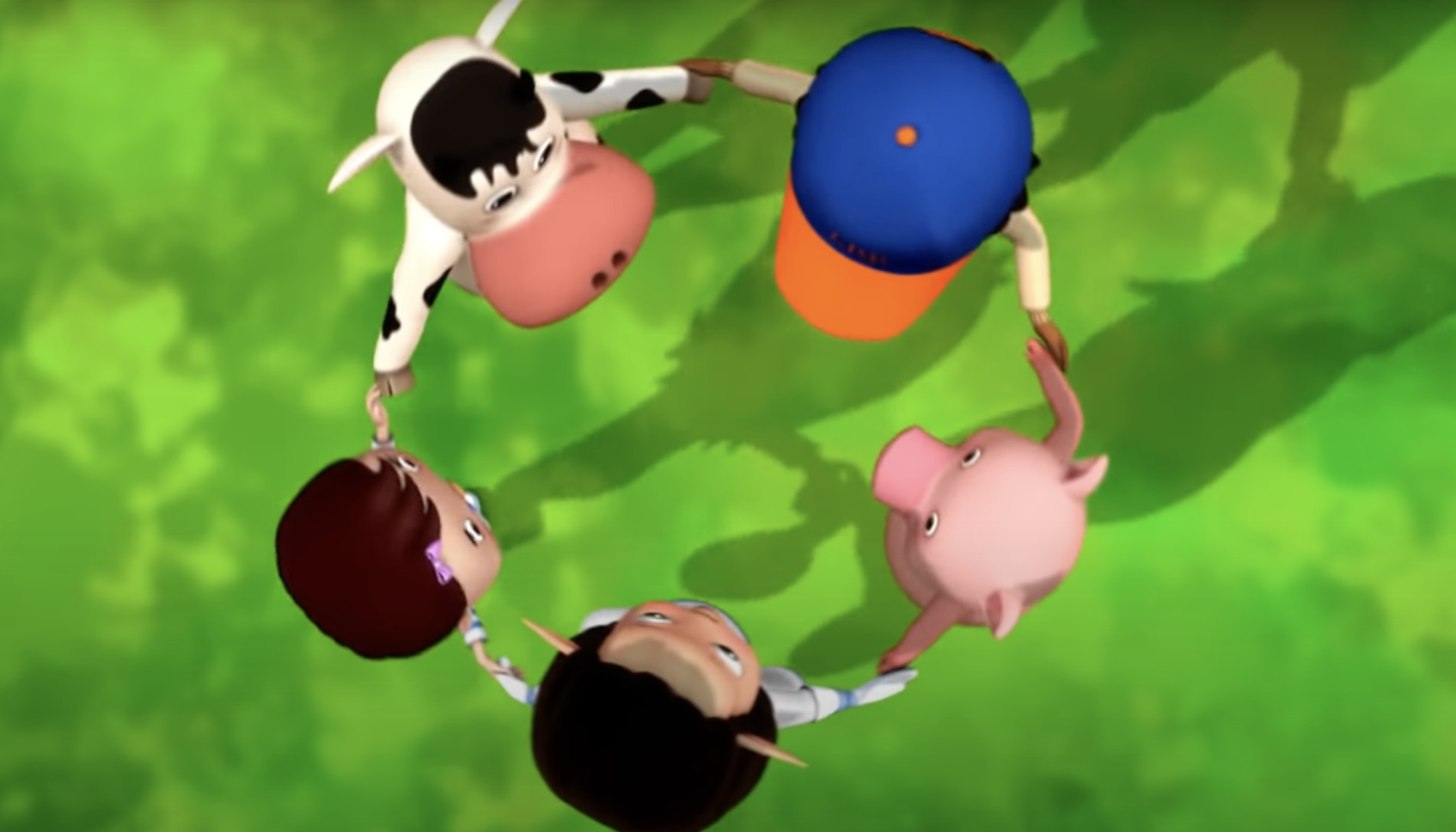
Ring Around the Rosie is seen by many as an innocuous playground song that children sing in unison while holding hands and moving in a circular formation. However, according to folklore, the song is actually about contracting the plague and subsequently dying from the illness.
Operation Wandering Soul

Operation Wandering Soul was a technique used by the US Army in Vietnam, where they would play eery, spooky songs to try and annoy their enemies into submission. Specifically ominous and dark pieces were chosen, with the hope of scaring them enough to make them run from the positions they were hiding in.
Stairway to Heaven – Led Zeppelin
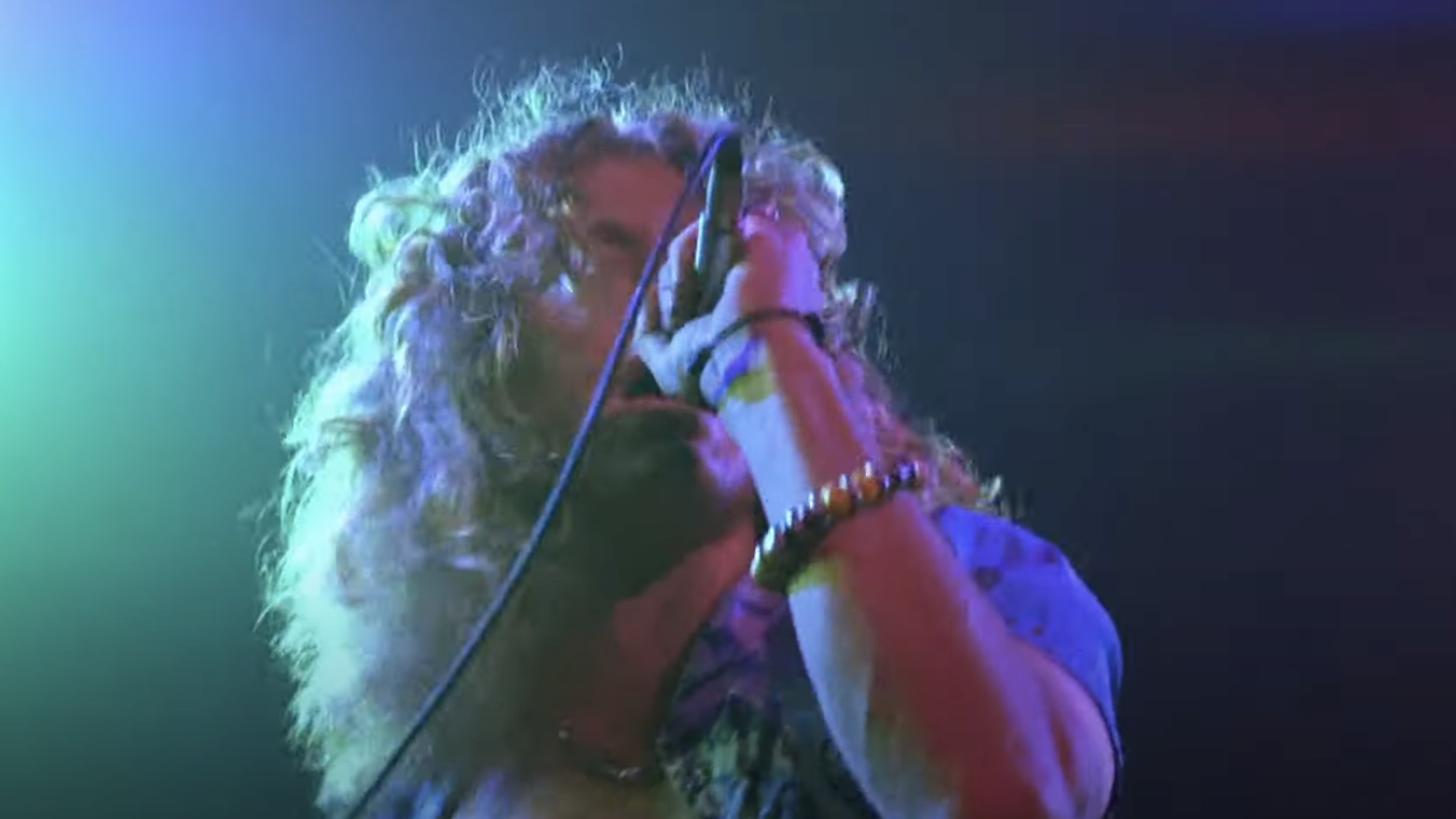
Led Zeppelin’s 1971 hit, Stairway to Heaven is deemed to be cursed by many, as when played backwards, it has been thought to include a message to the devil. “Master Satan”, “There is no escaping it” and references to a toolshed are the supposed giveaways to Zeppelin’s true Satanic ways.
Jelly Roll Morton’s music
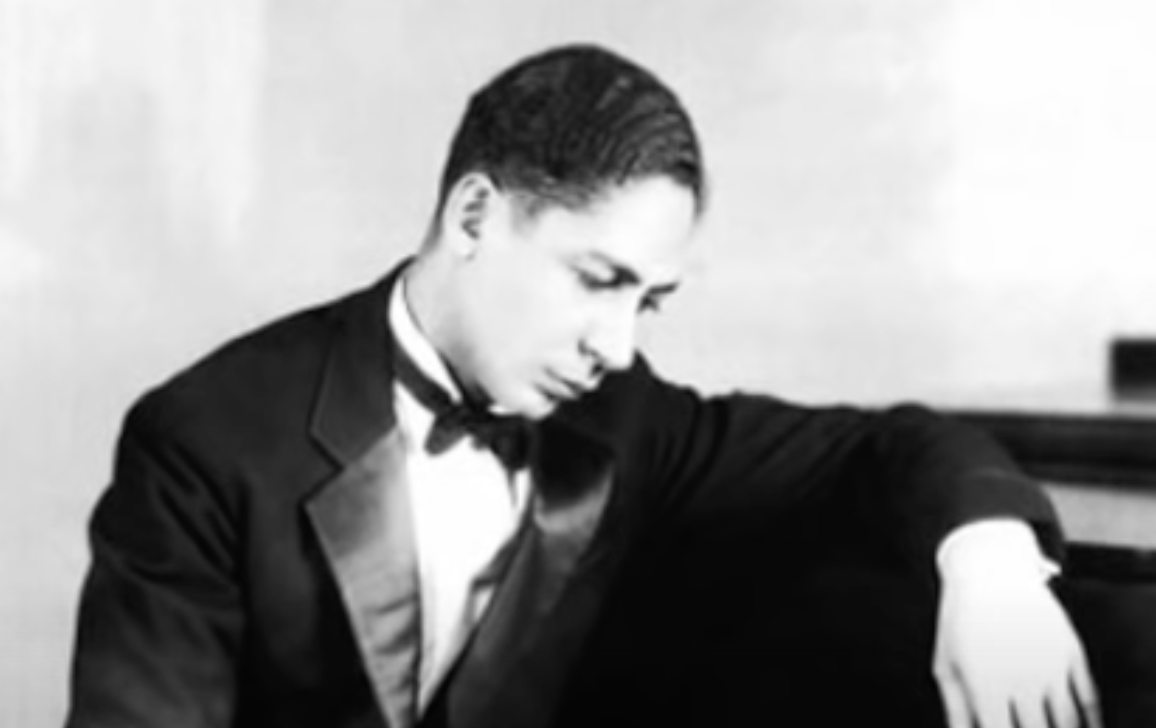
Jelly Roll Morton was an old-time jazz musician, known mostly for his constant bad luck. It is said that he suffered from ‘bad juju’ a West African belief that evil magic spirits followed his every move. Morton believed that his Godmother had sold his soul to Satan, cursing him for eternity, and leading his music to become similarly loaded with bad energy.
Drake’s drum

Drake’s drum was a percussion instrument, owned by notorious slave trader and all-round bad guy, Sir Francis Drake. When he lay dying on an exotic beach, he ordered for his drum to be sent back to England along with the curse he had put on it. If England were to ever be in danger, the drum was supposed to be beaten, with the song raising him back from the dead to defend the country.
The Curse of Izanagi – Sigh
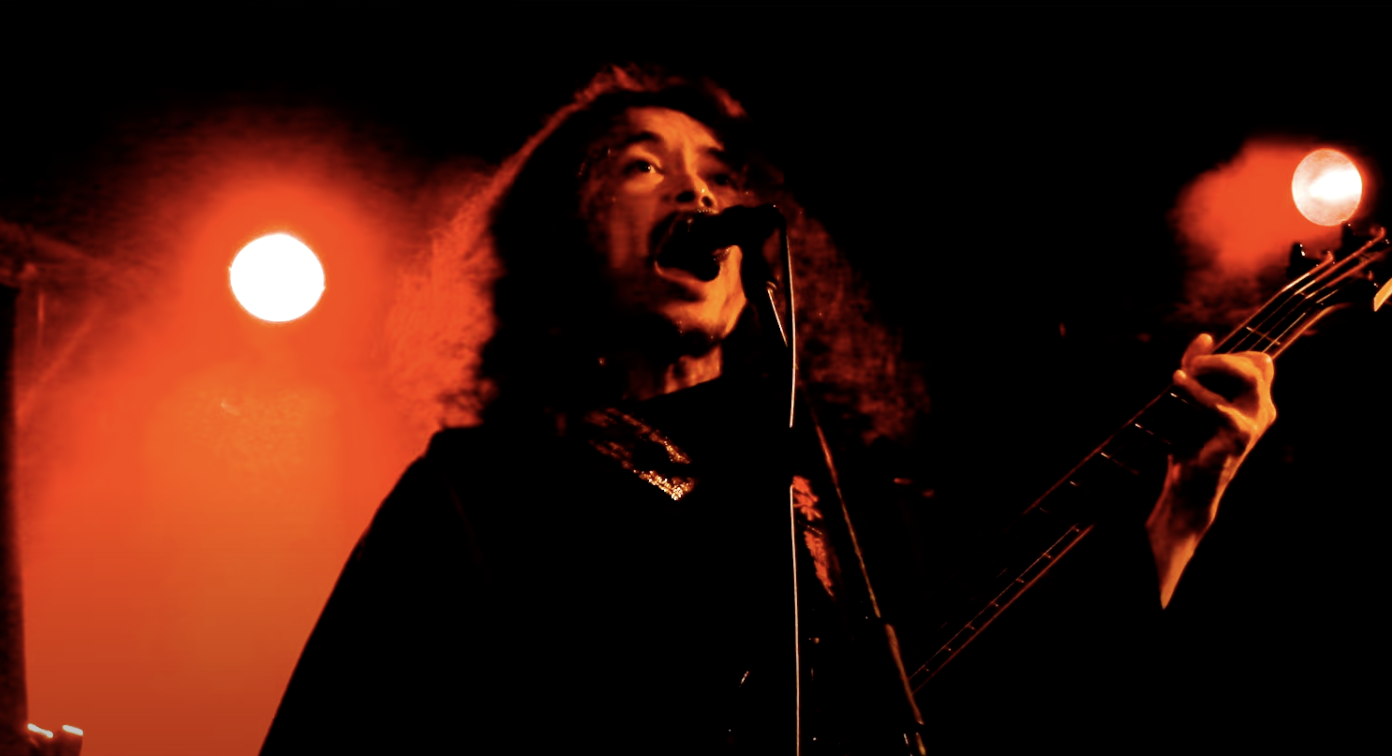
The Curse of Izanagi is a song by the Japanese metal band Sigh, released in 1997. The lyrics contain references to a curse, and during the recording process, the band’s record label owner ended his own life. Two people connected with the song also died while it was being made, leading the band to shelve the song for eternity.
El Silbon’s whistling
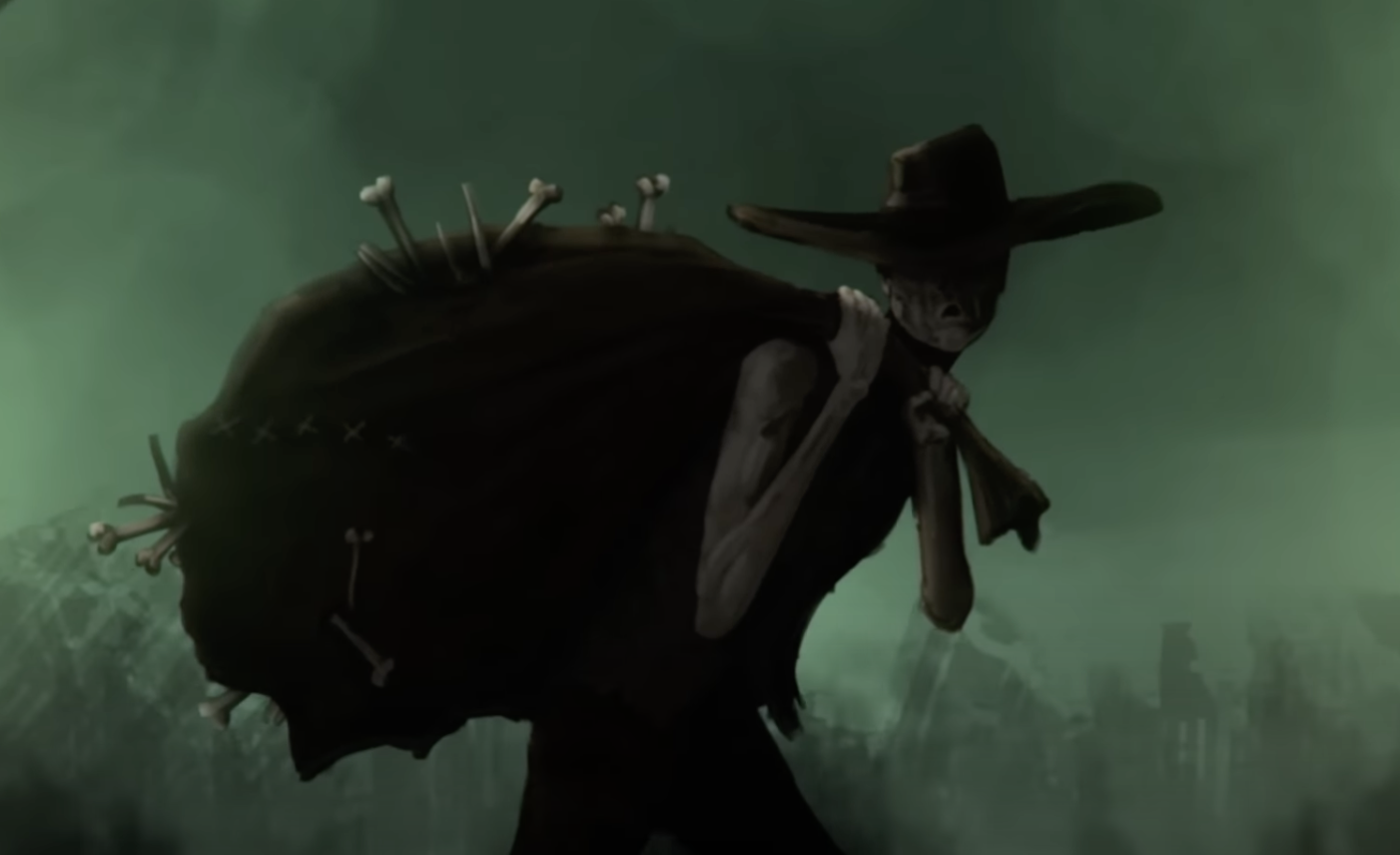
Colombian and Venezuelan children are often taught about El Silbon, The Whistler, who is known for murdering his own father as revenge for his poor treatment towards his mother. It is said that if you hear strange melodic whistles in the night, it means you are soon going to succumb to death yourself.
Tomino’s Hell

Tomino’s Hell is a 1919 Japanese poem, that, if read or sung aloud, will supposedly lead to your death. The words have been loosely translated into English, and contain references to blood, gore, and eternally living in hell. It is unclear how many people are said to have met their end as a result of this piece.
Insha Ji Utho – Amanat Ali Khan
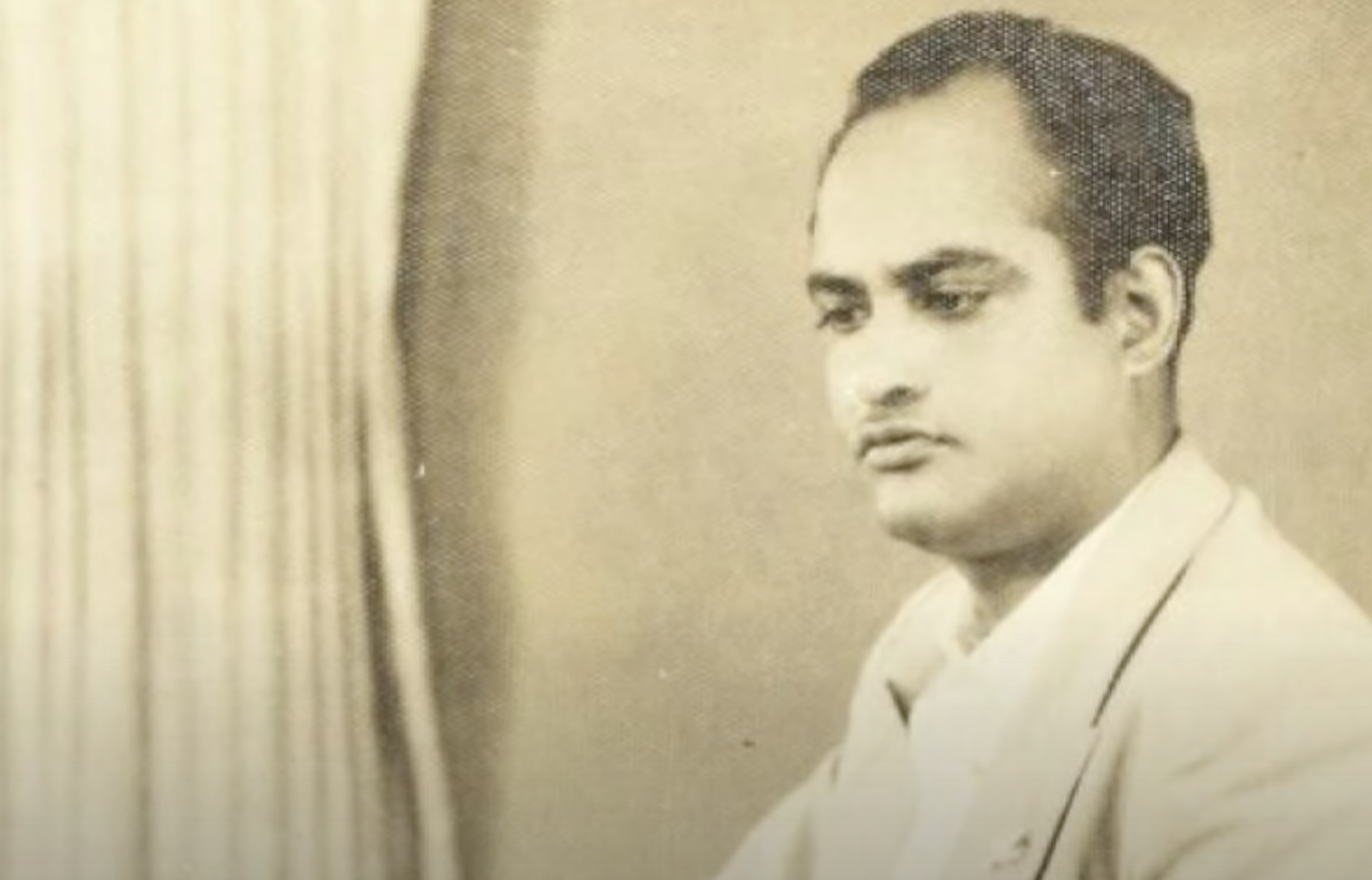
Amanat Ali Khan’s Insha Ji Utho is often referred to as Pakistan’s cursed song. Khan originally took a poem by a man called Insha and built music around it, before performing it on television in 1974. The song made Khan famous, but he died suddenly only months after the song was performed. Insha, the original author of the poem also died four years to the day after the song made its TV debut.